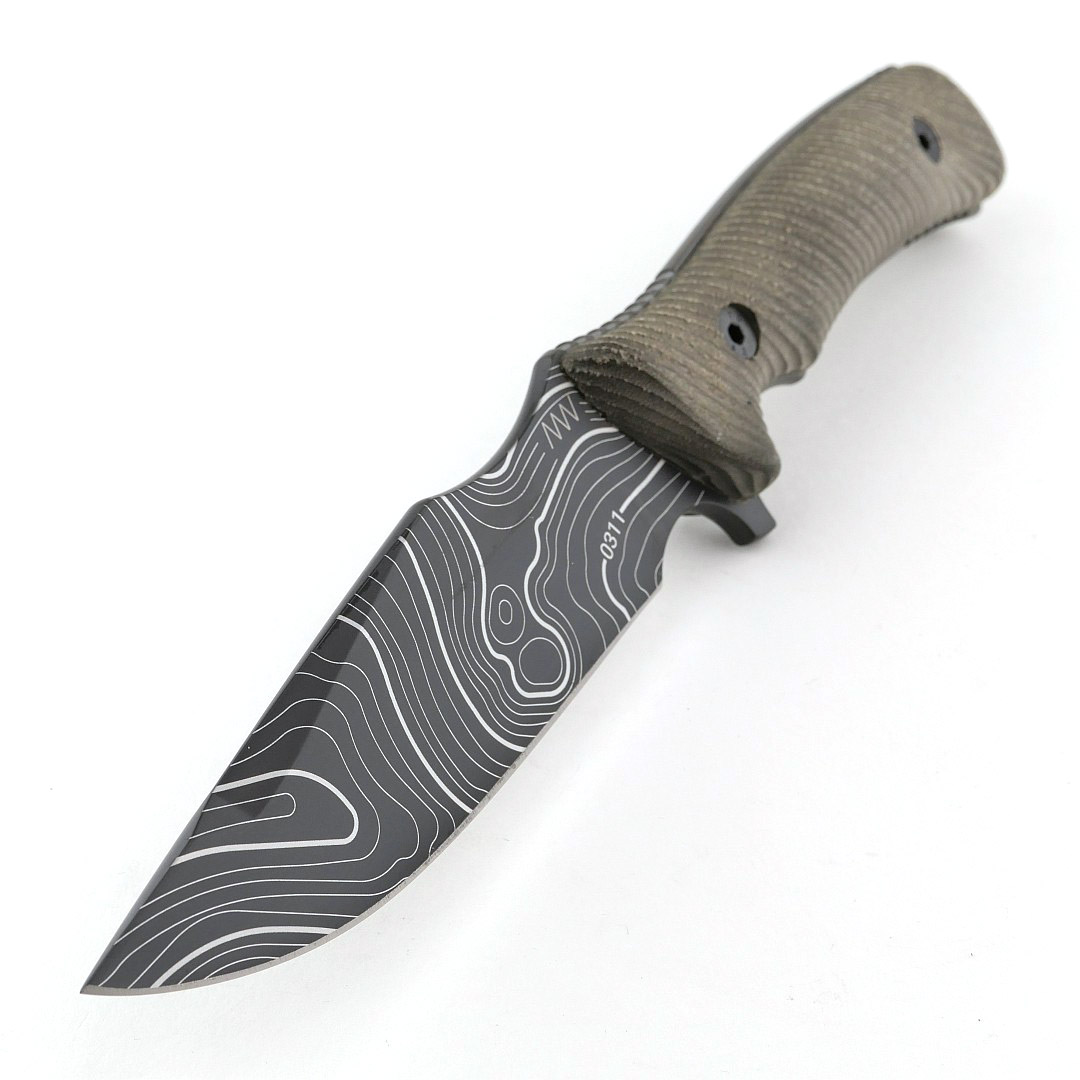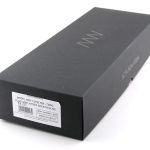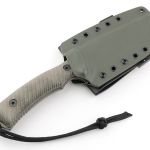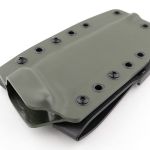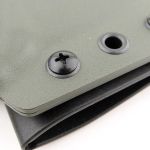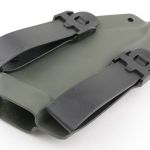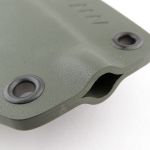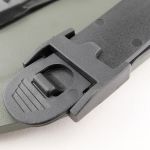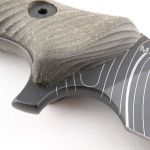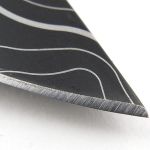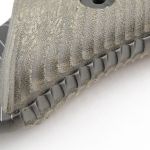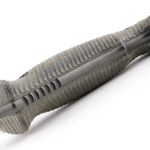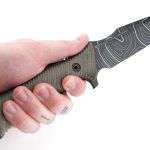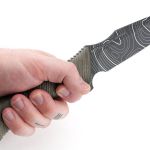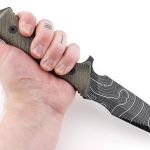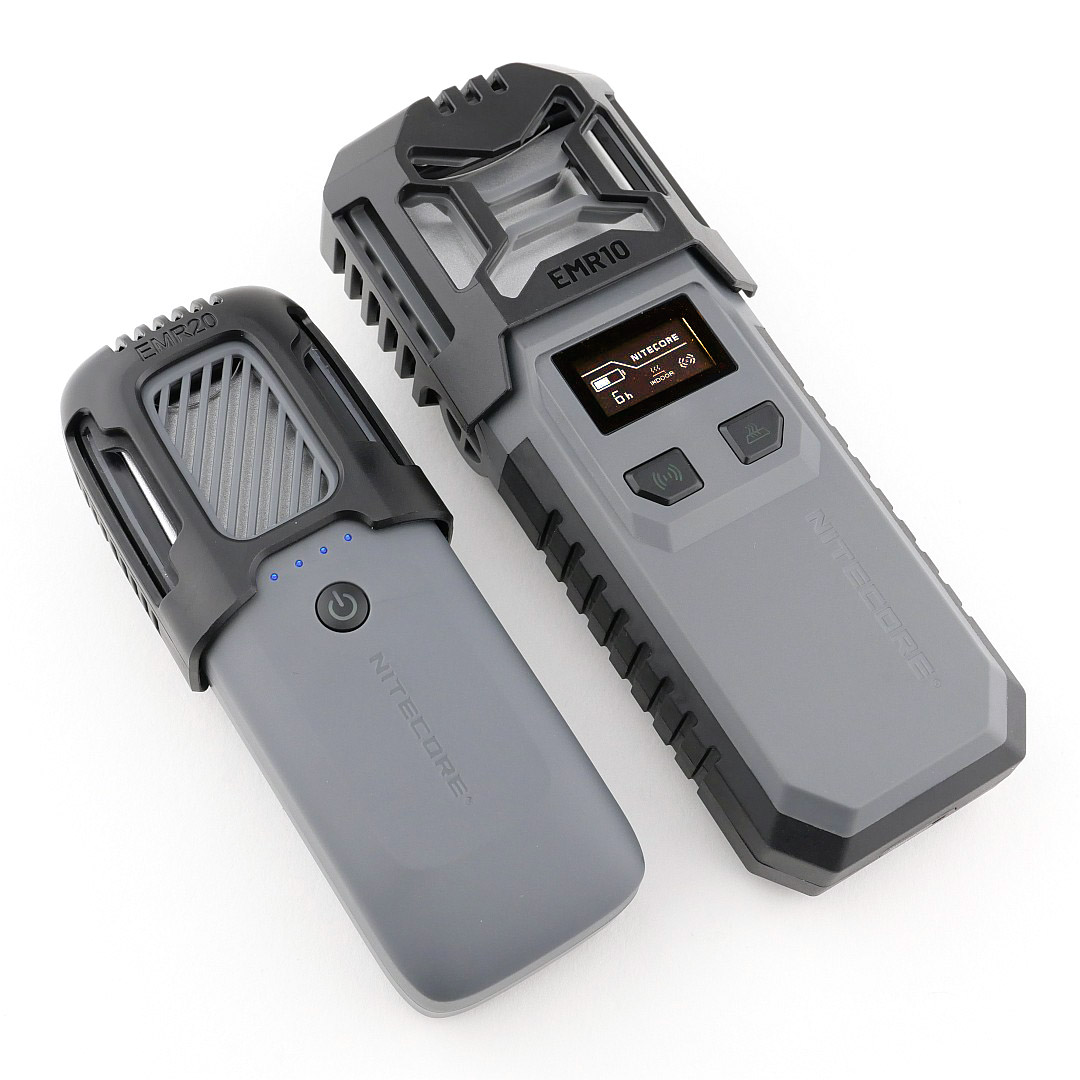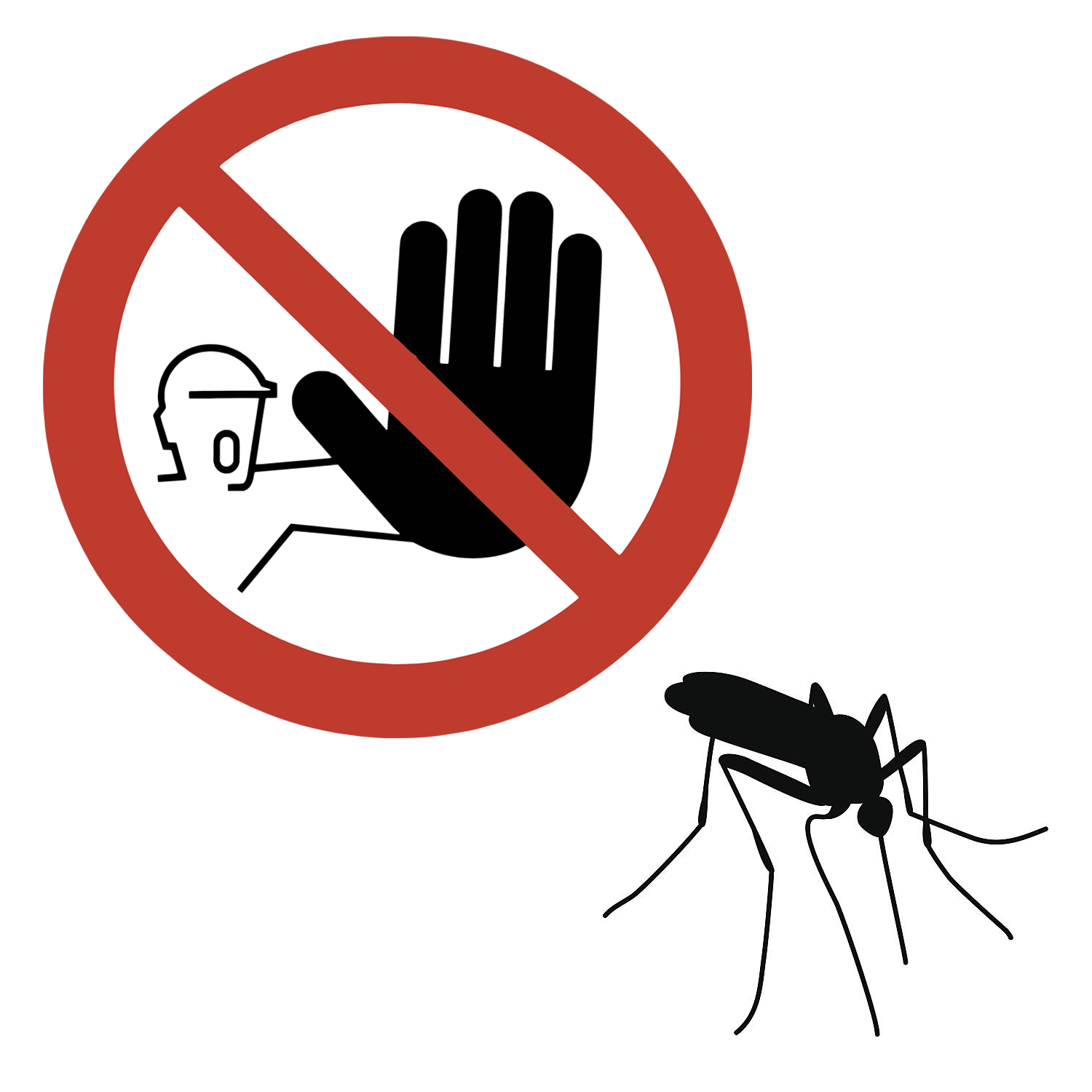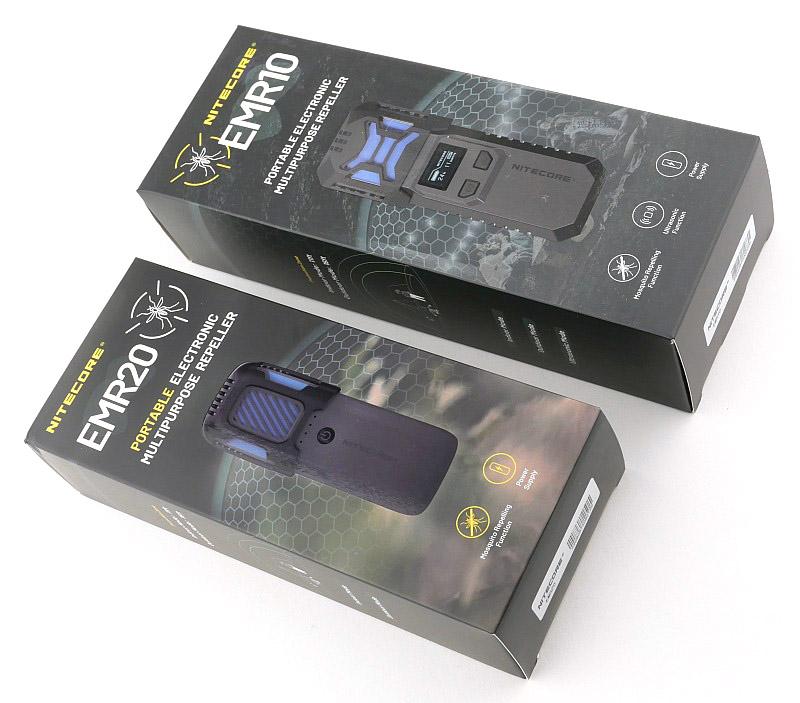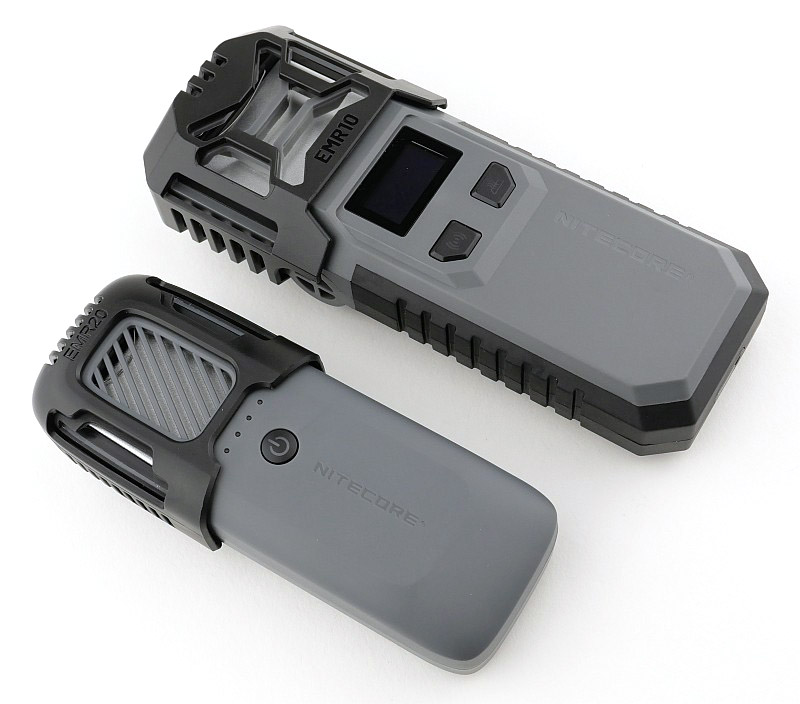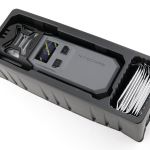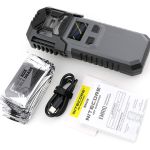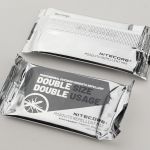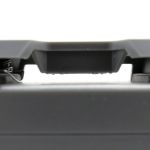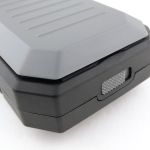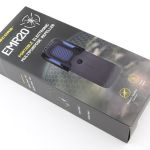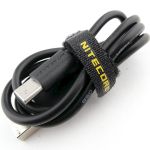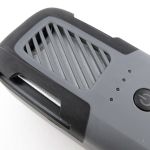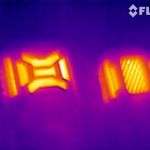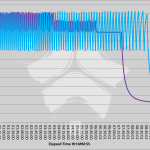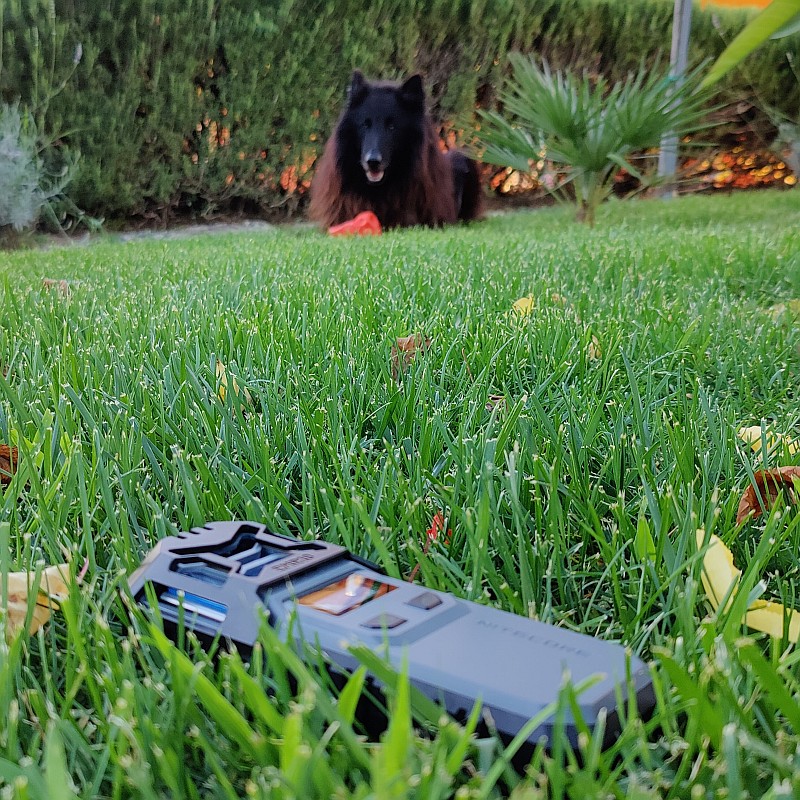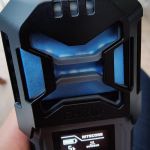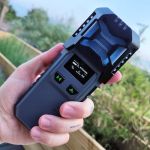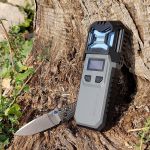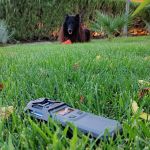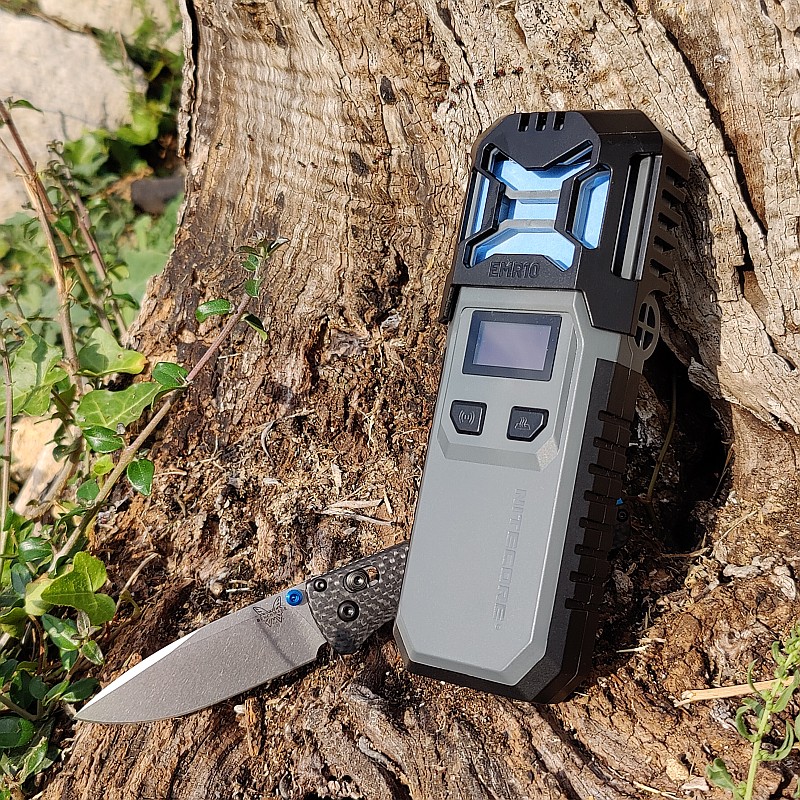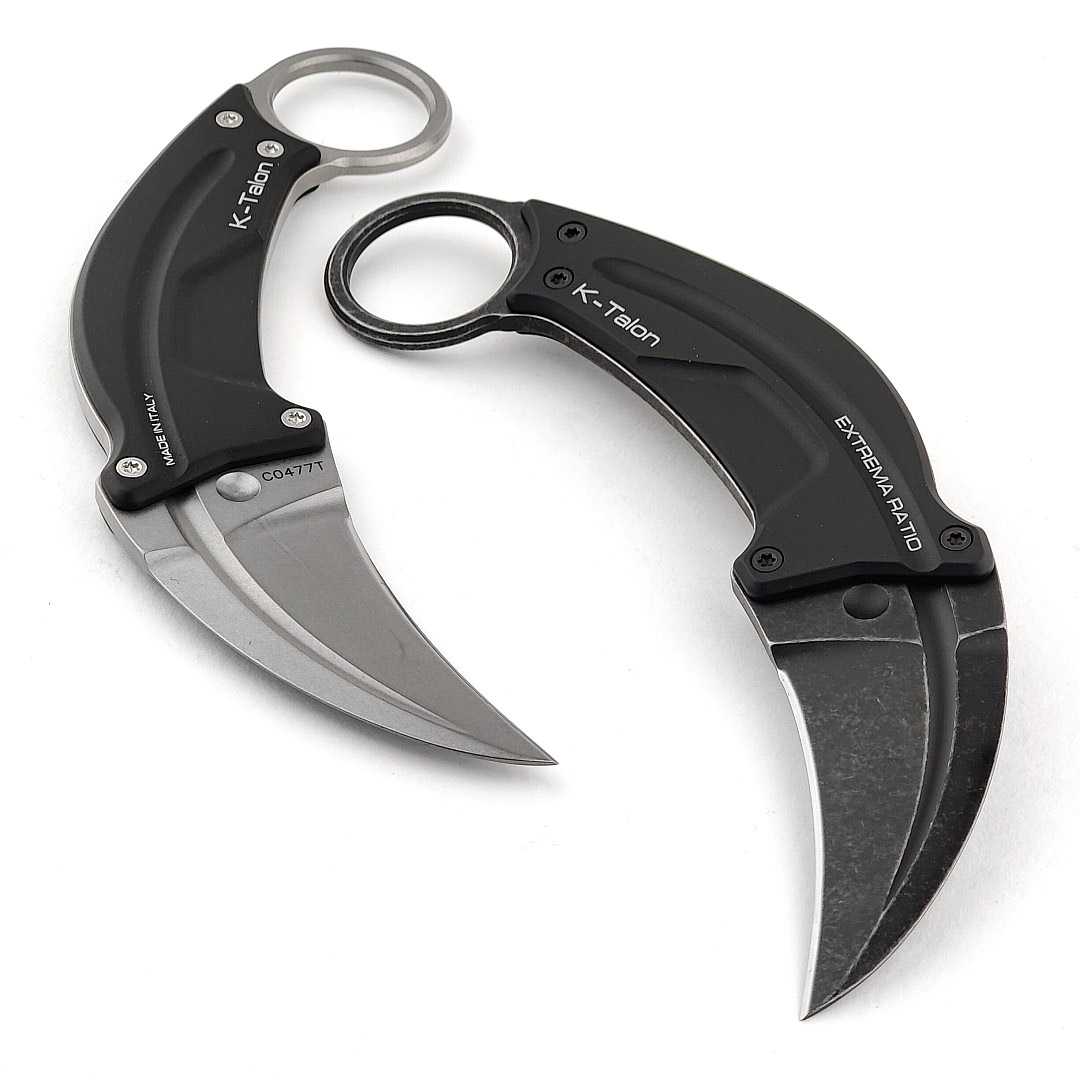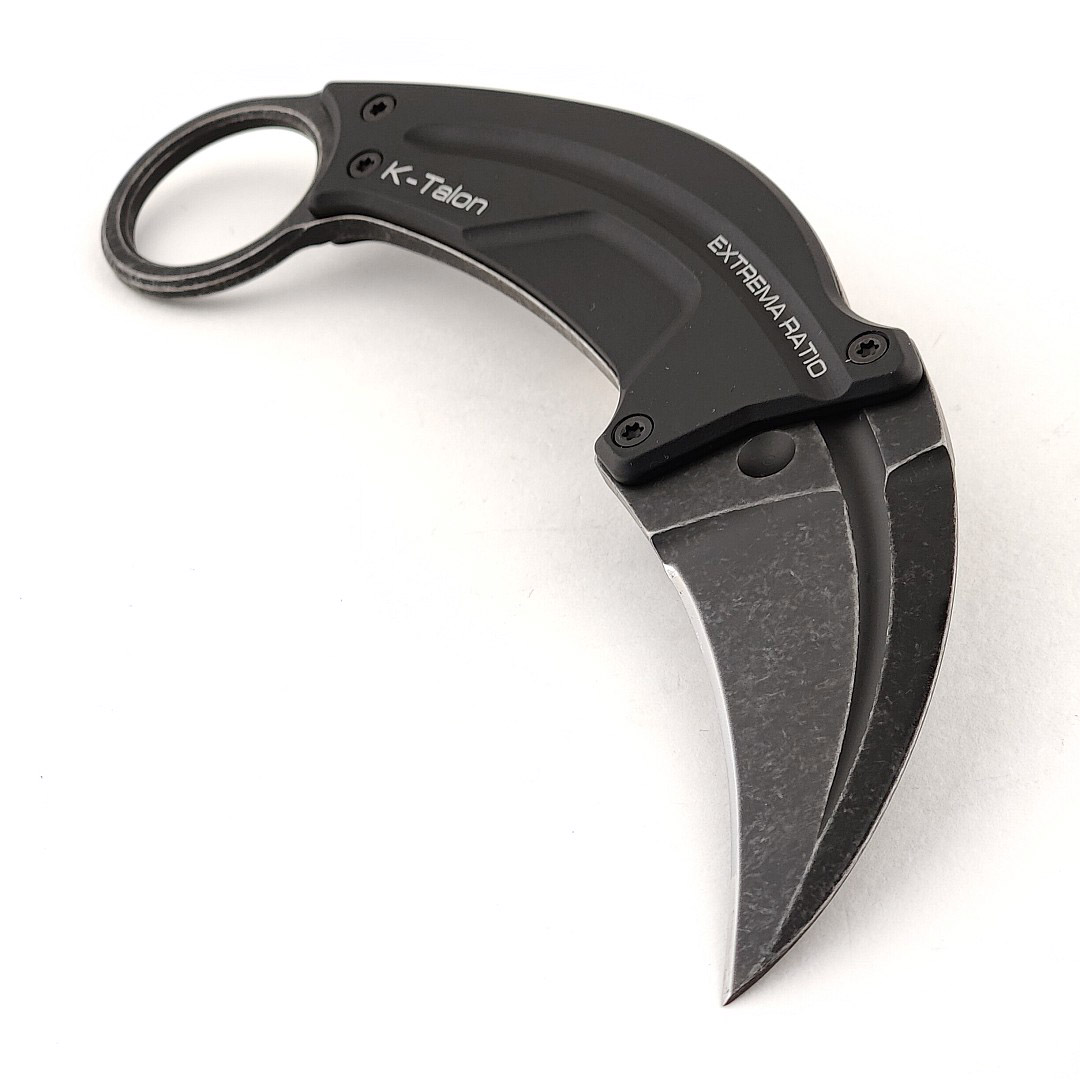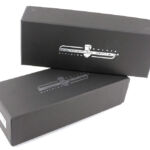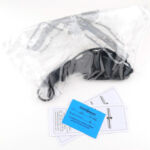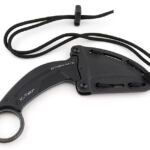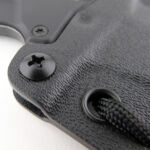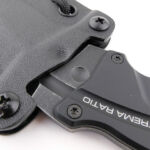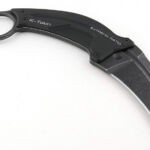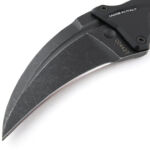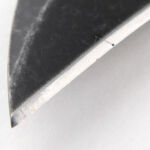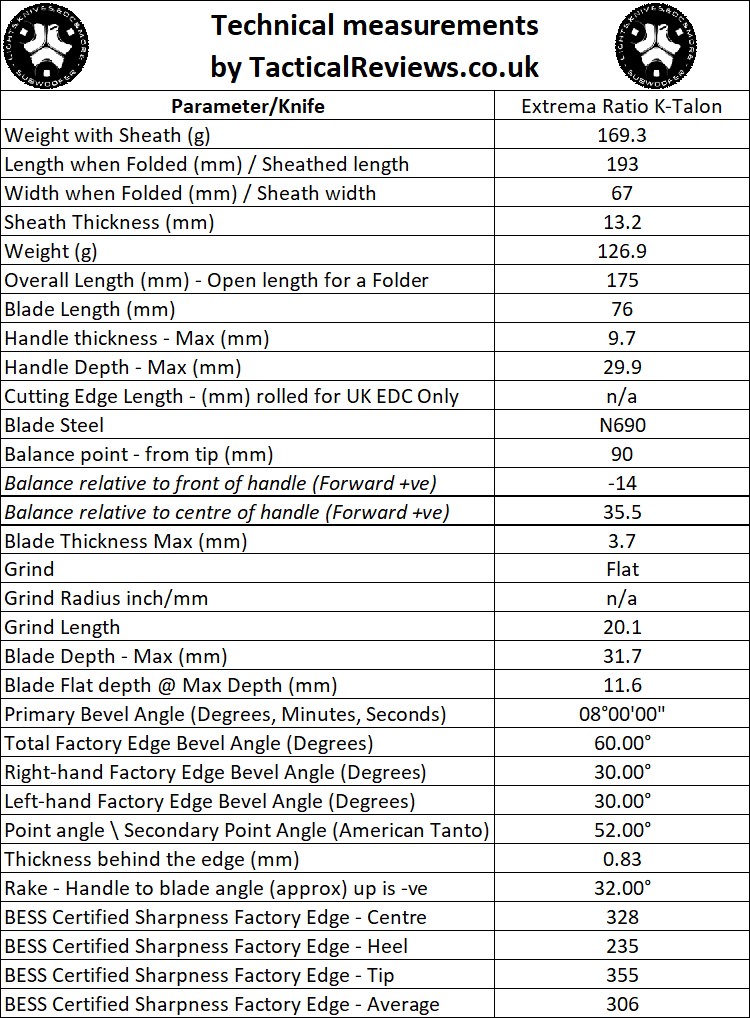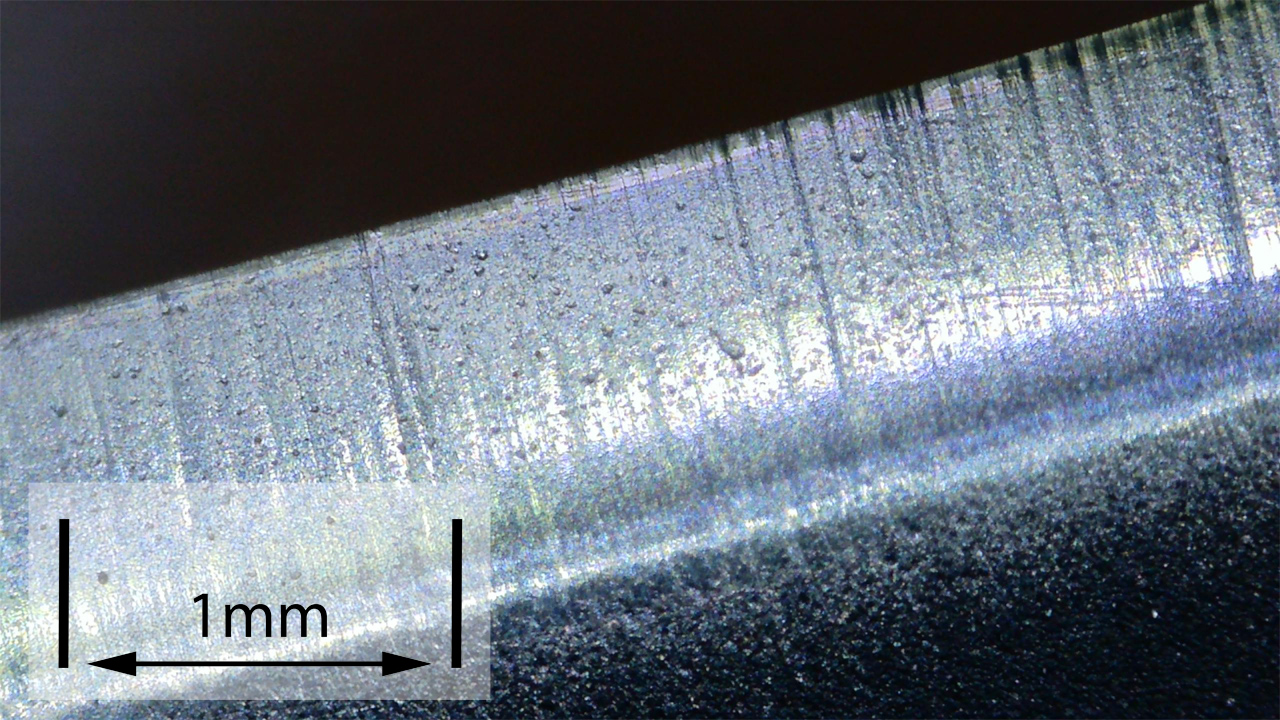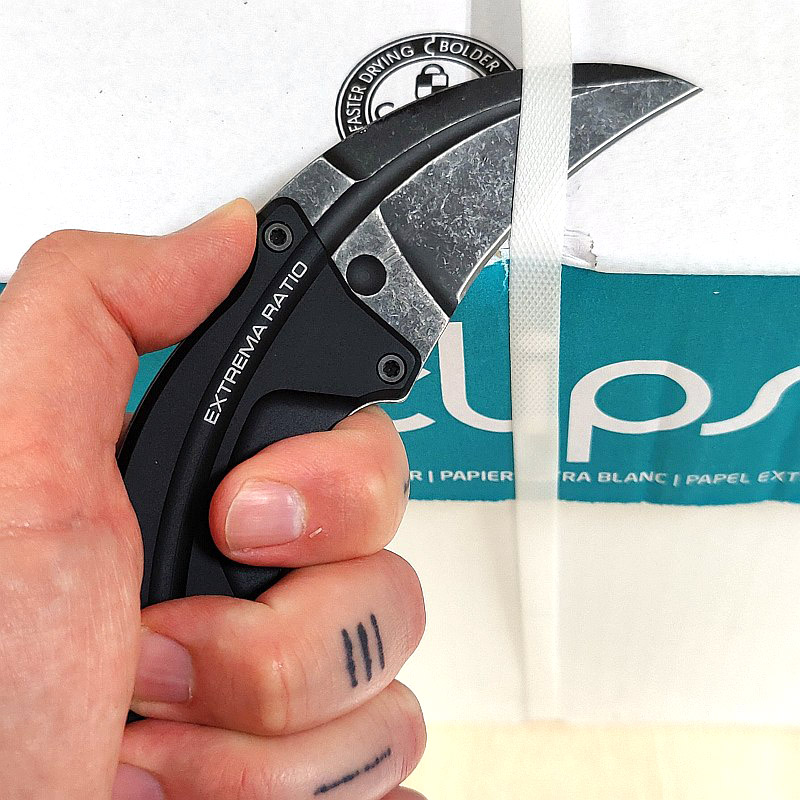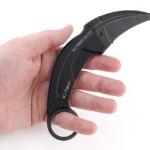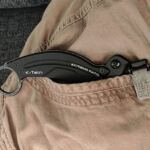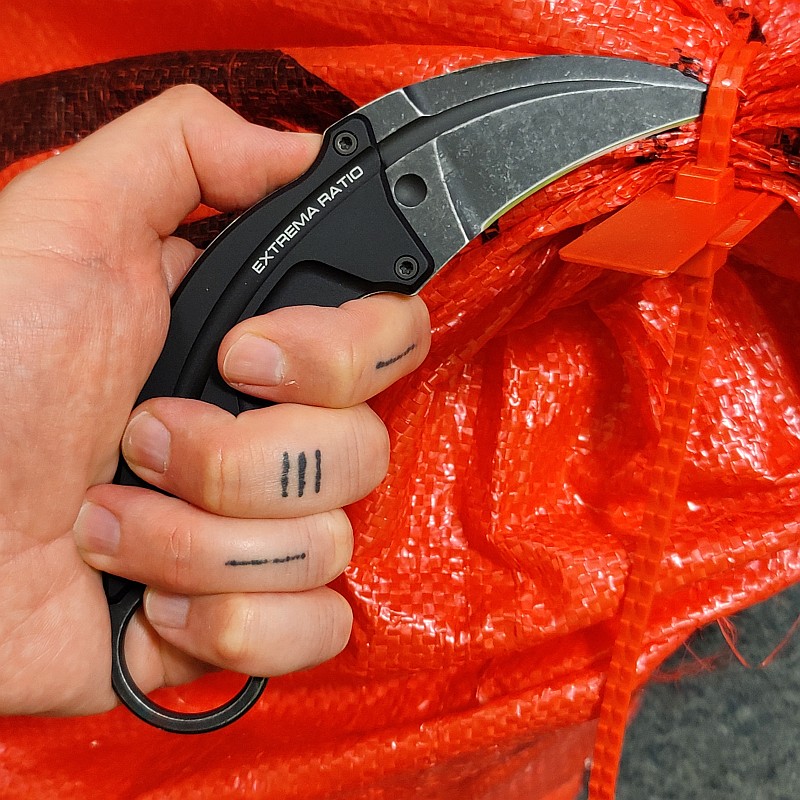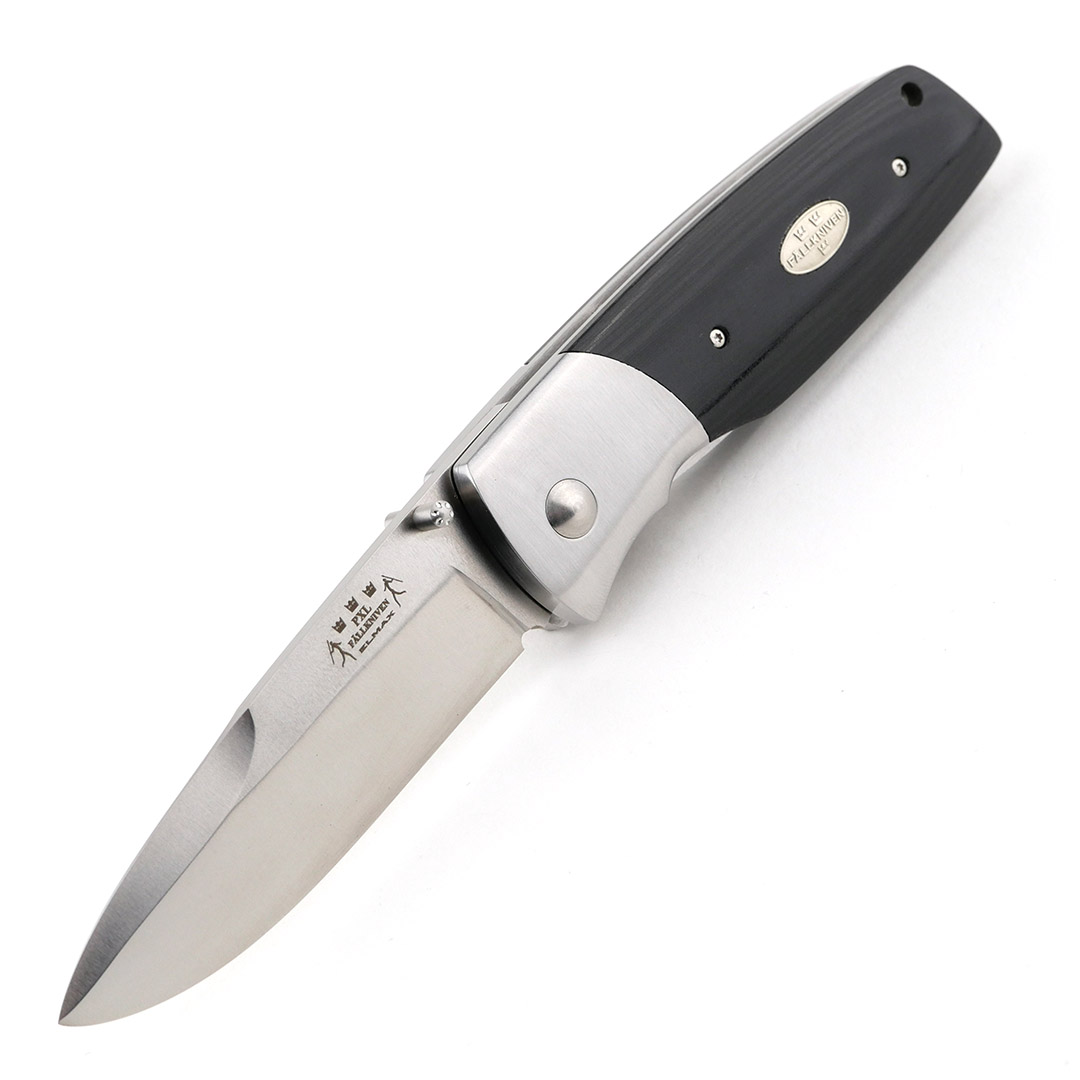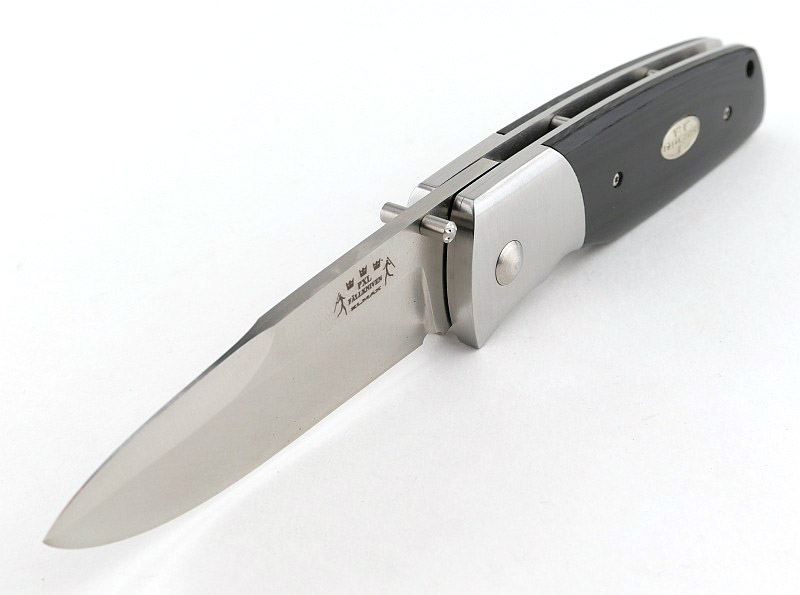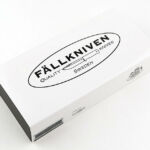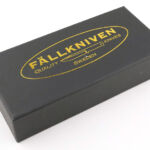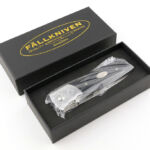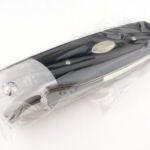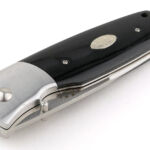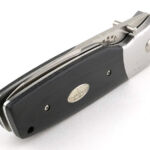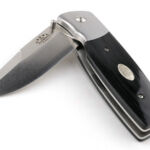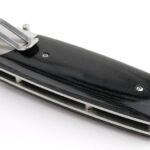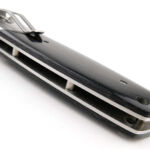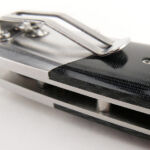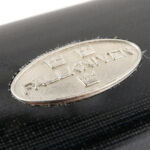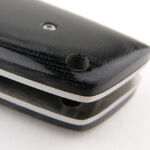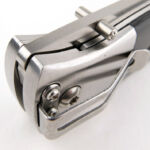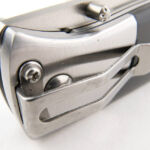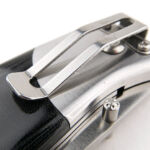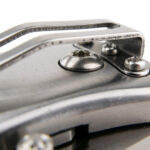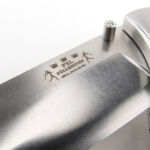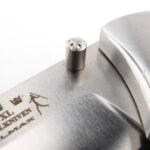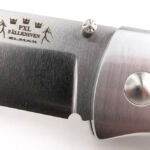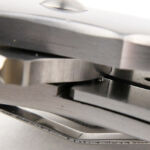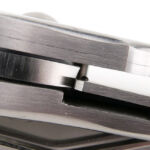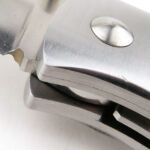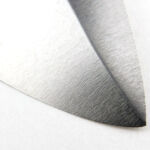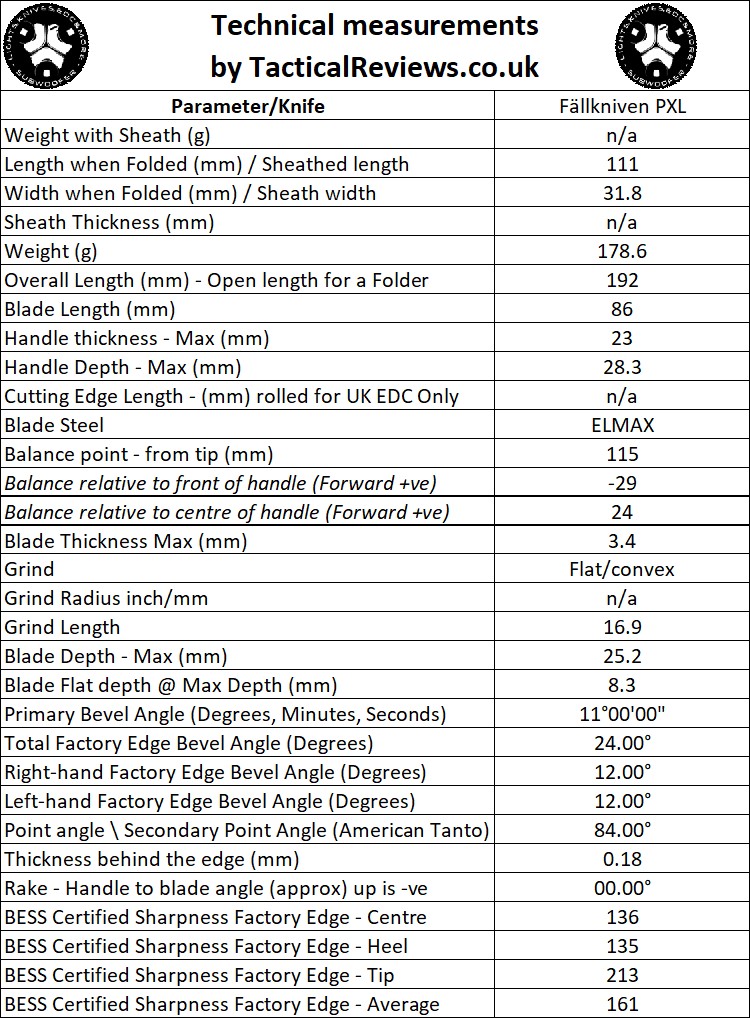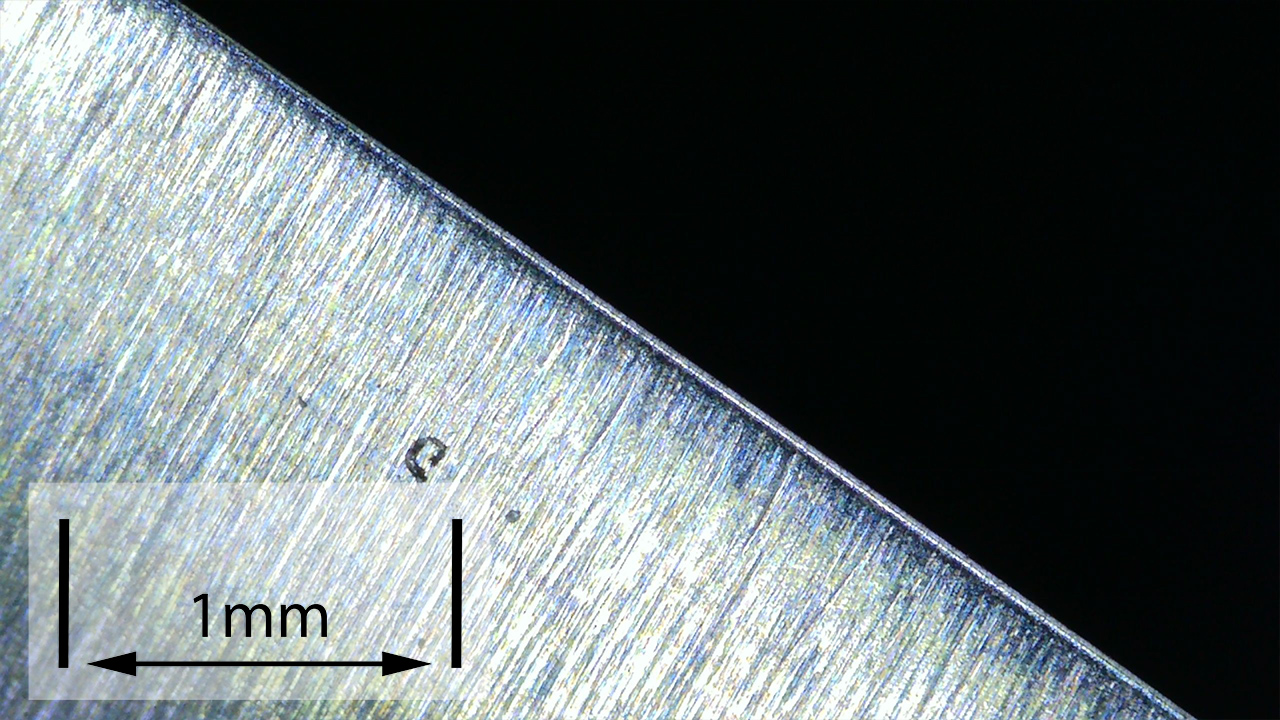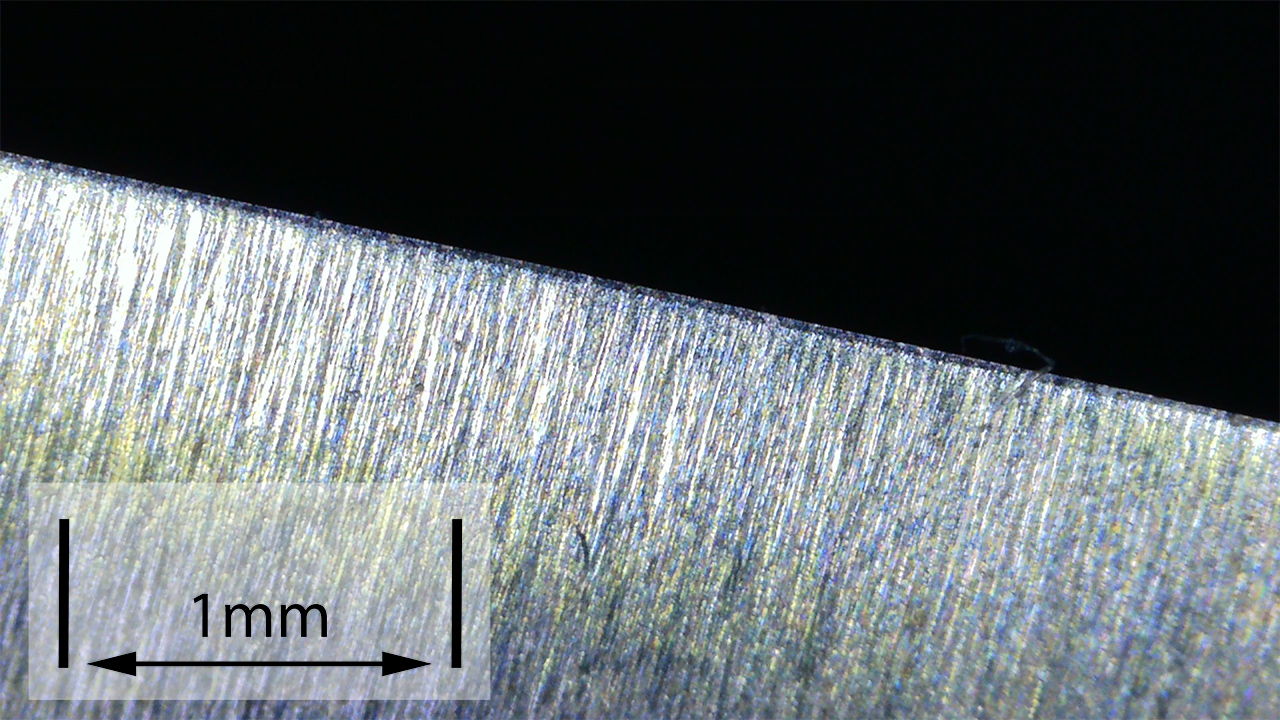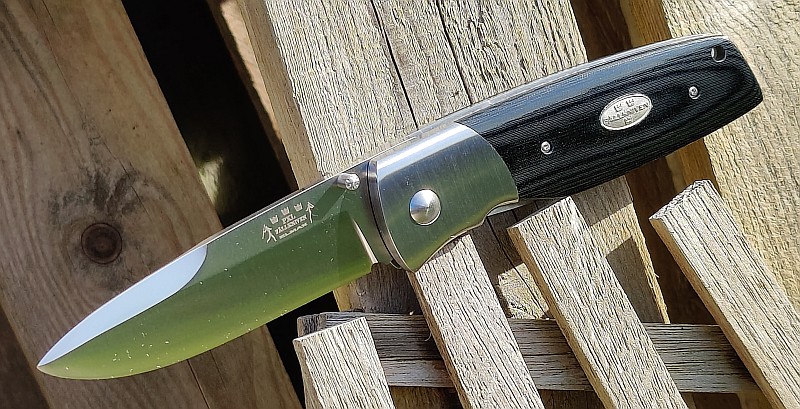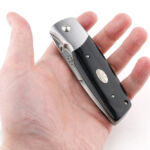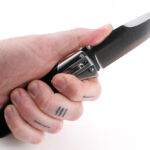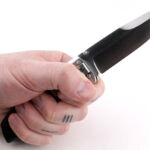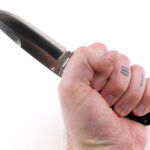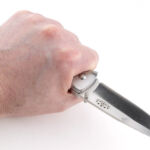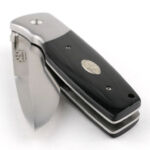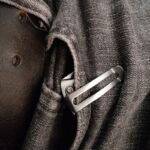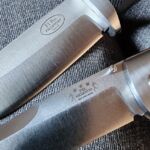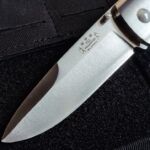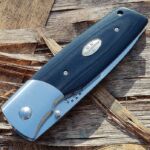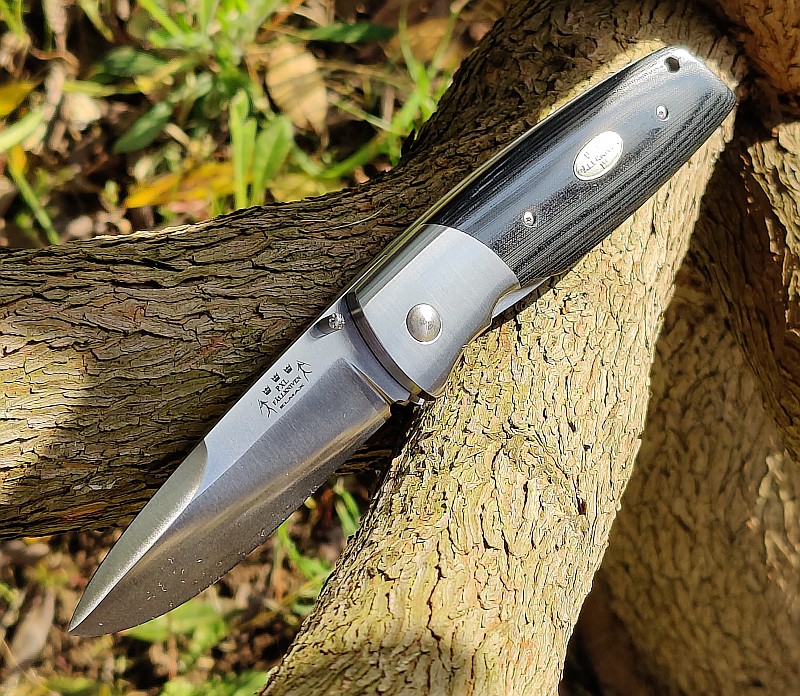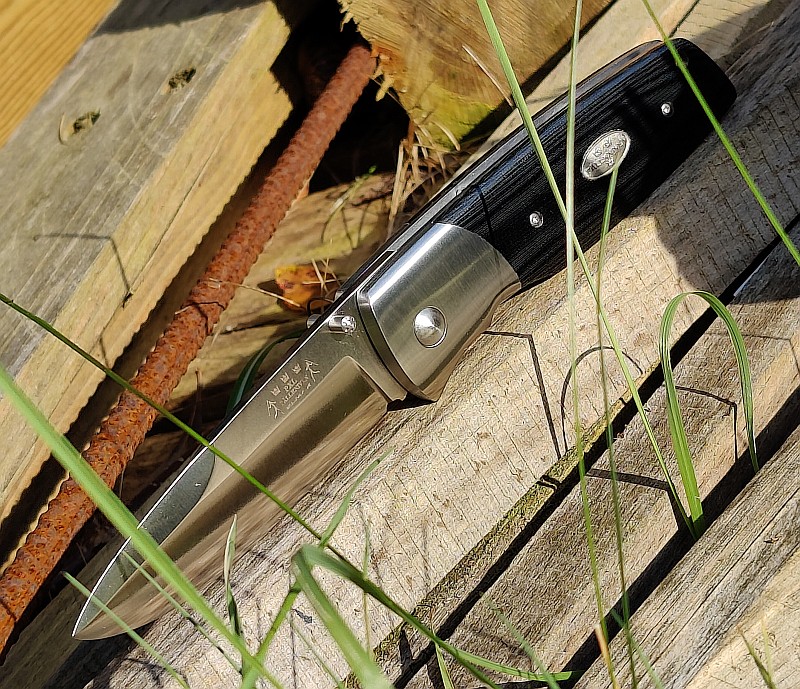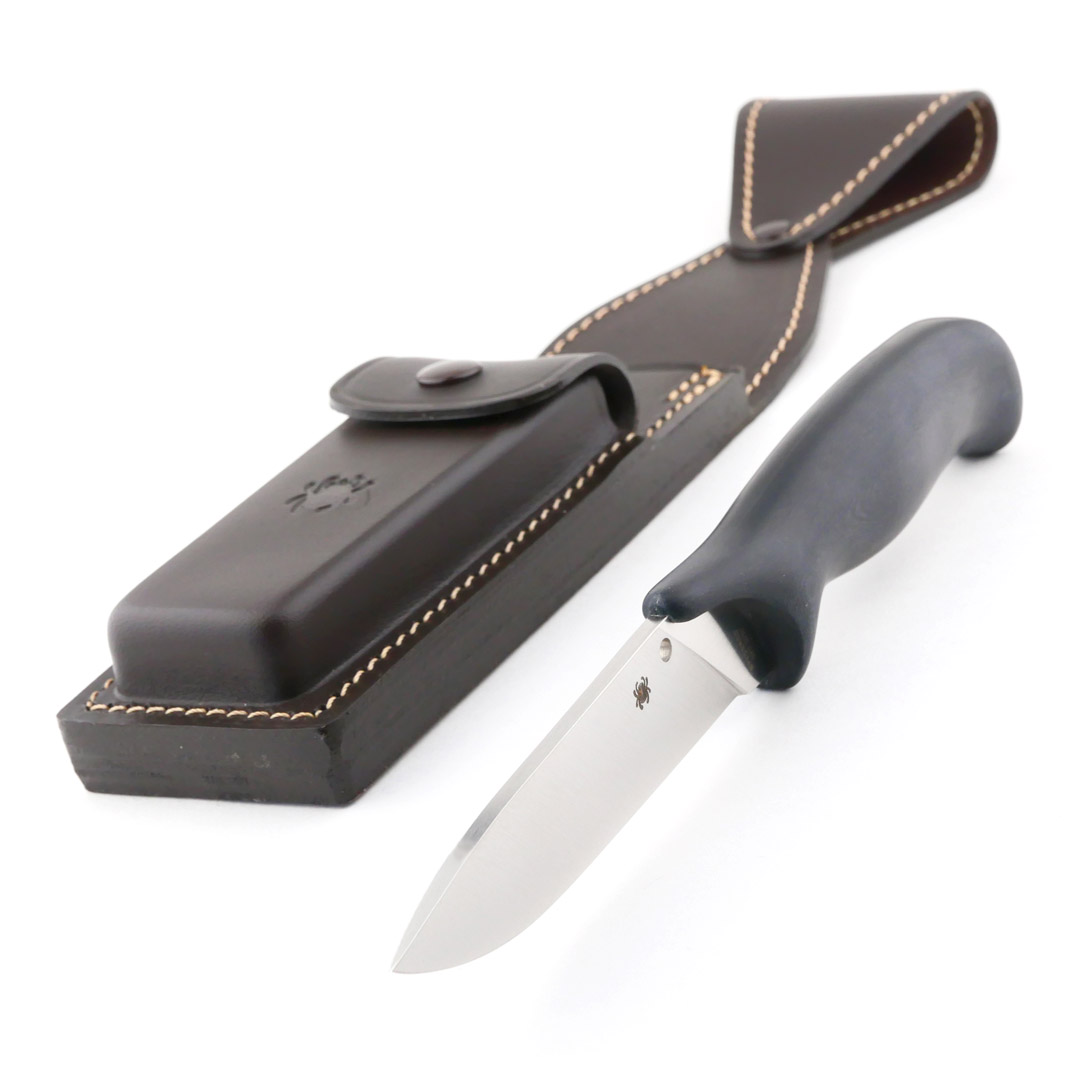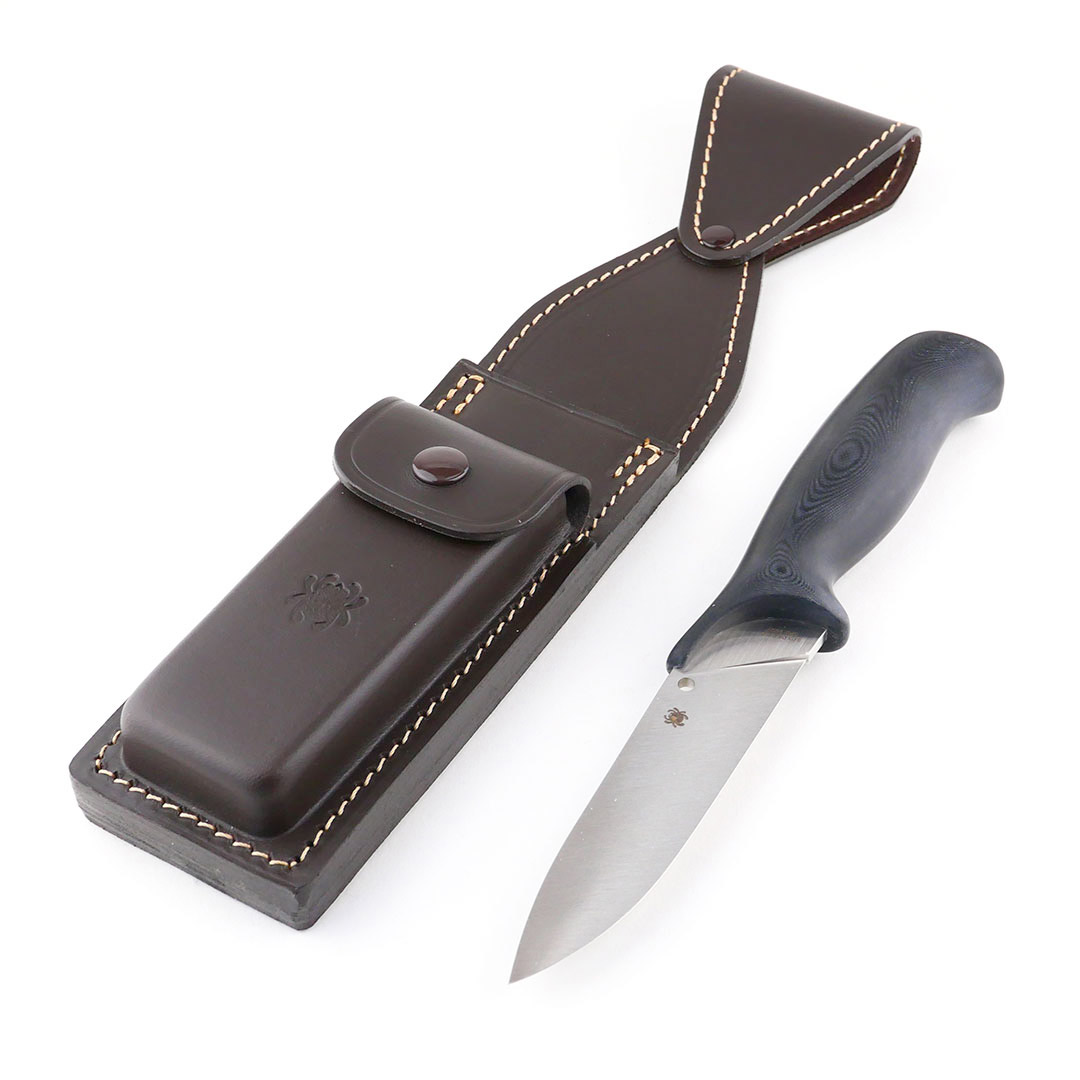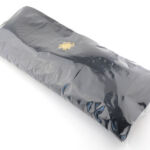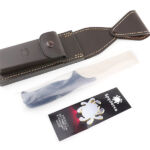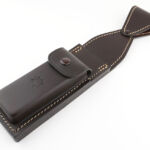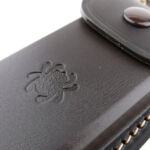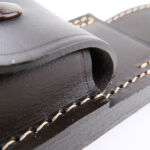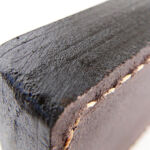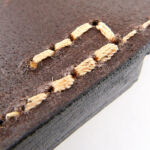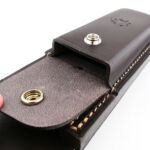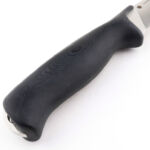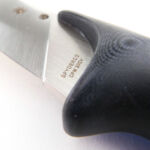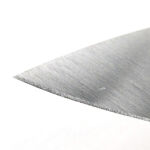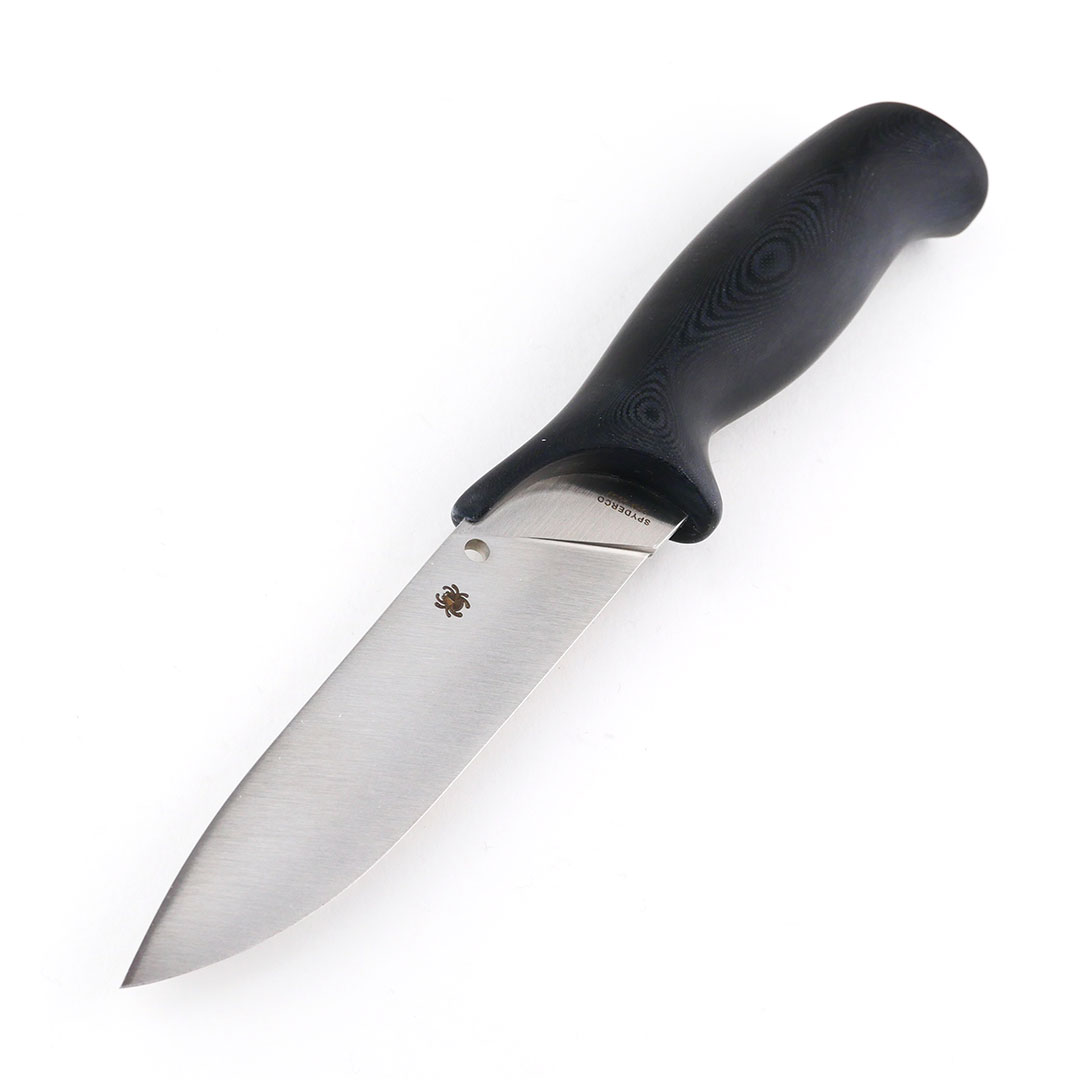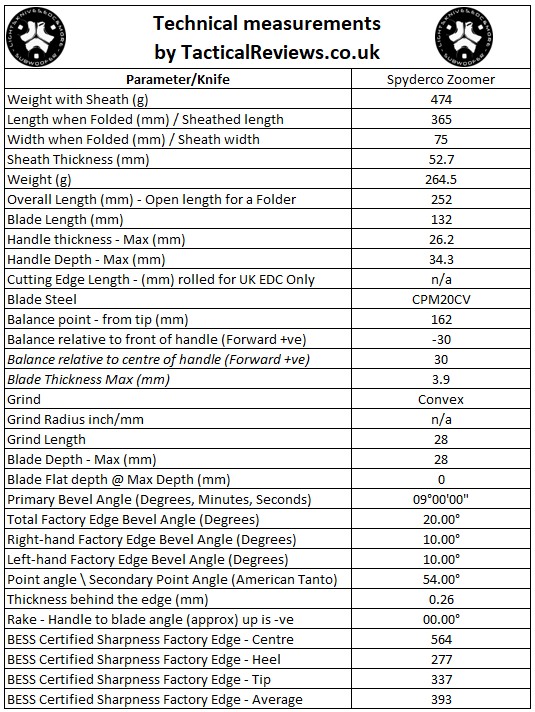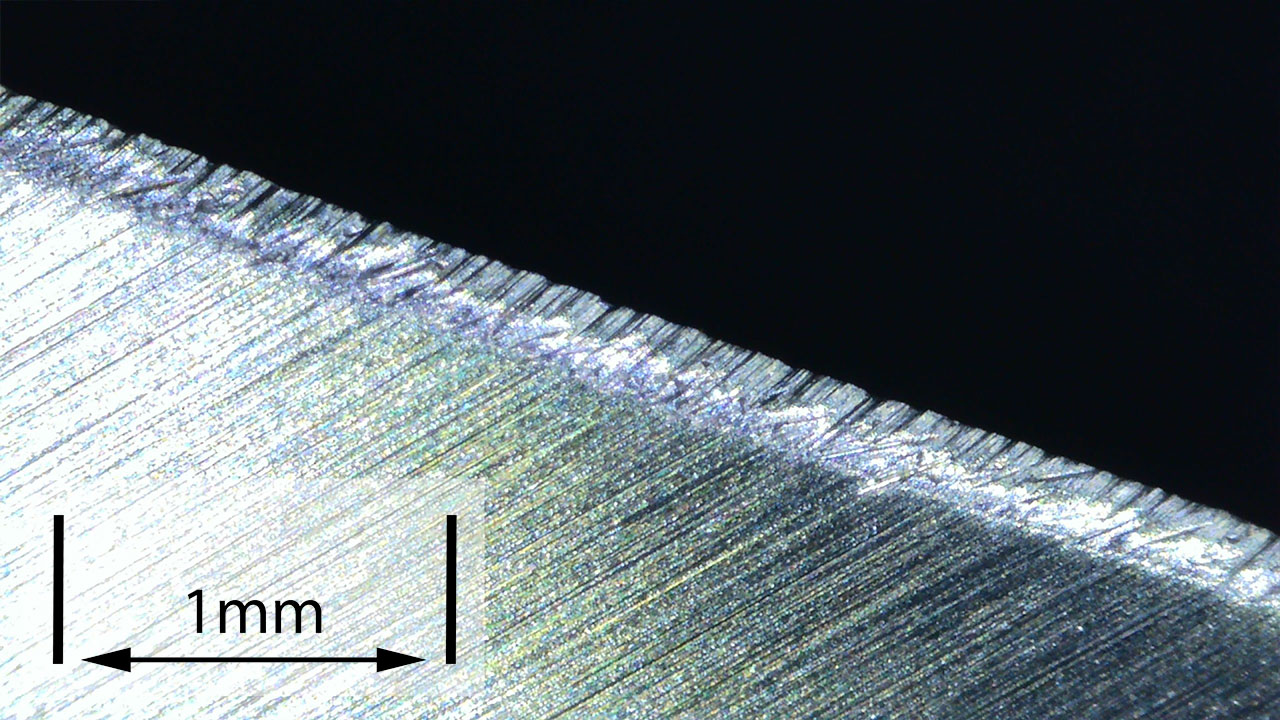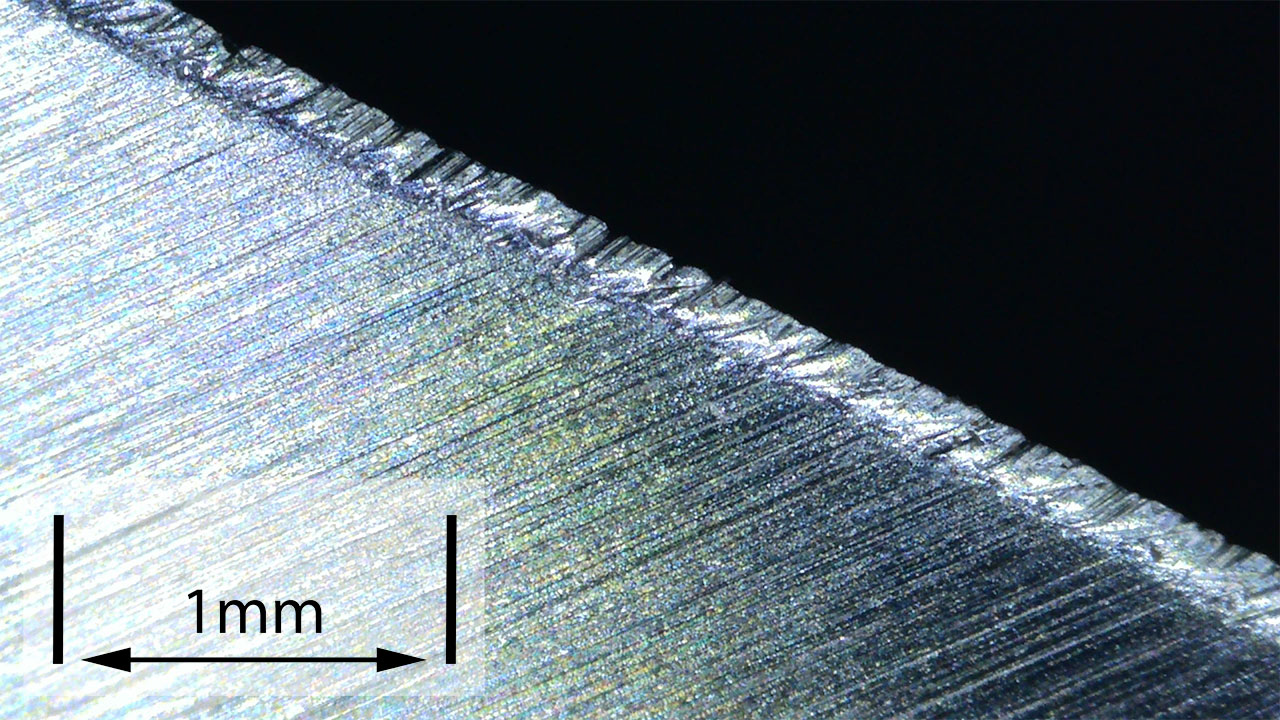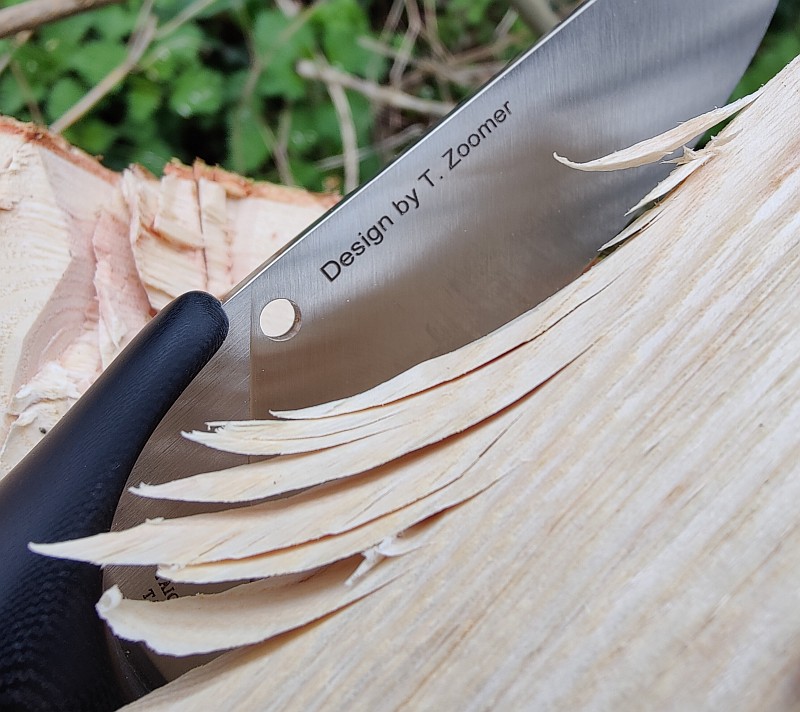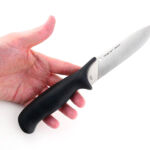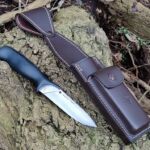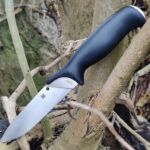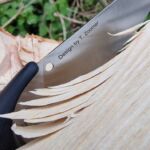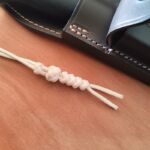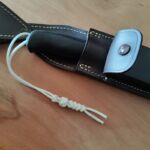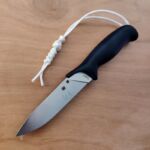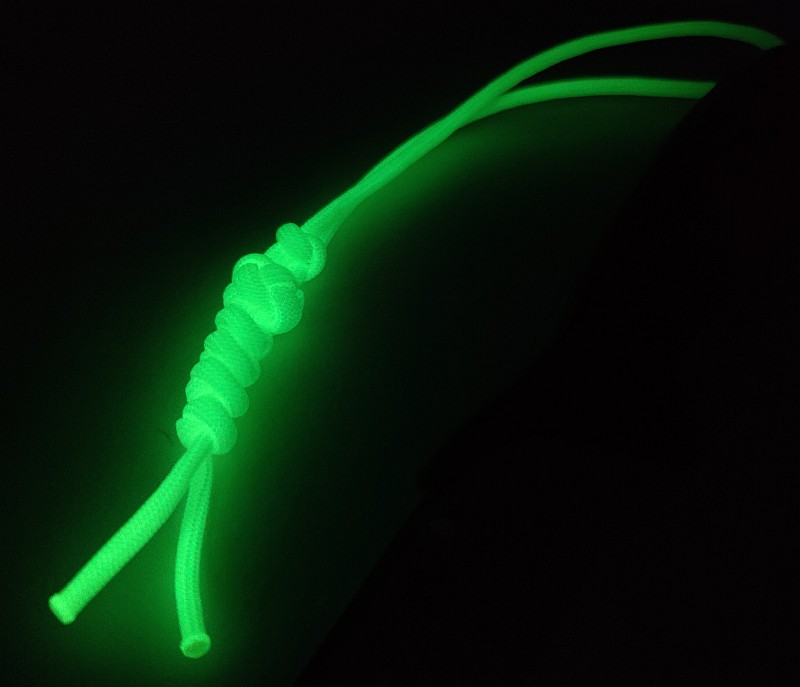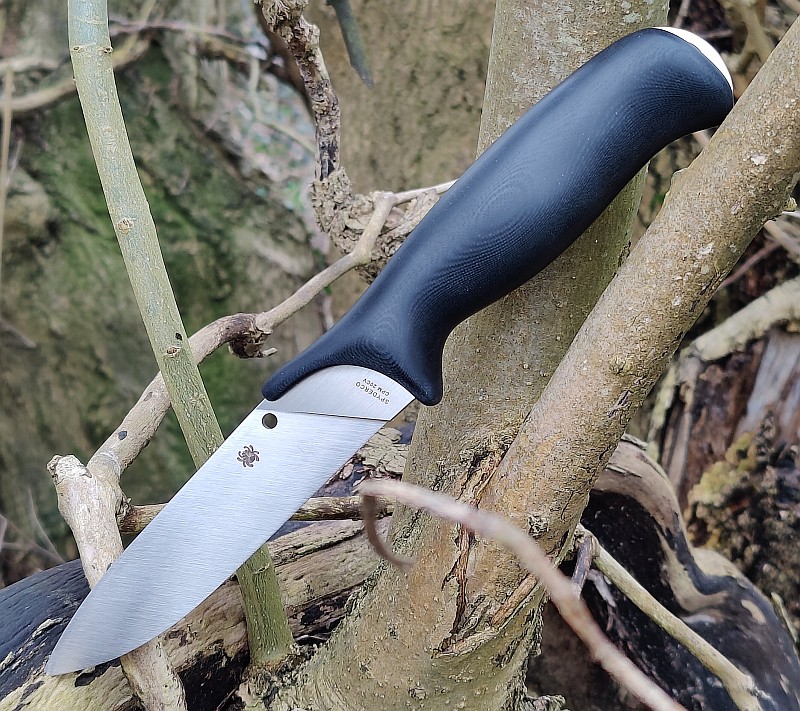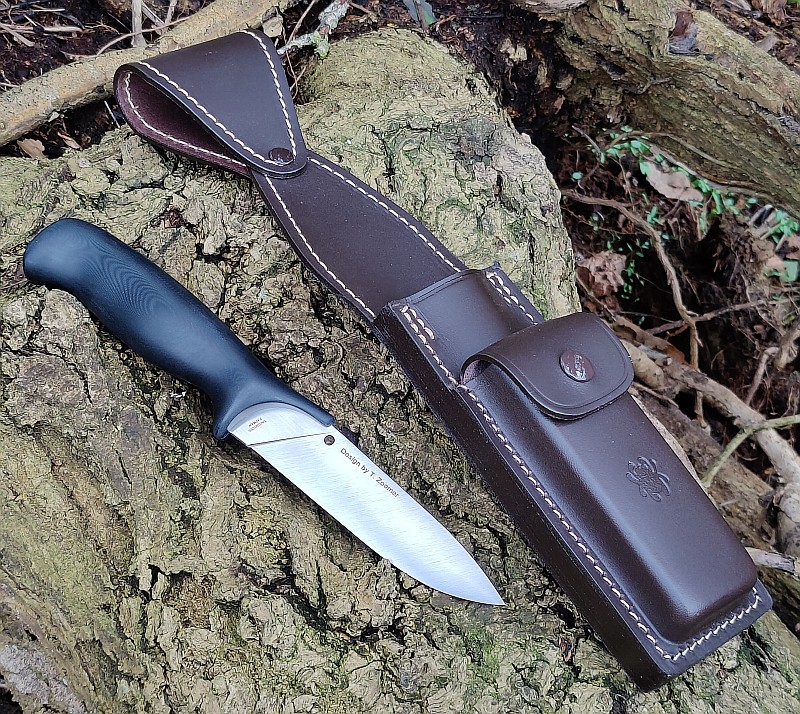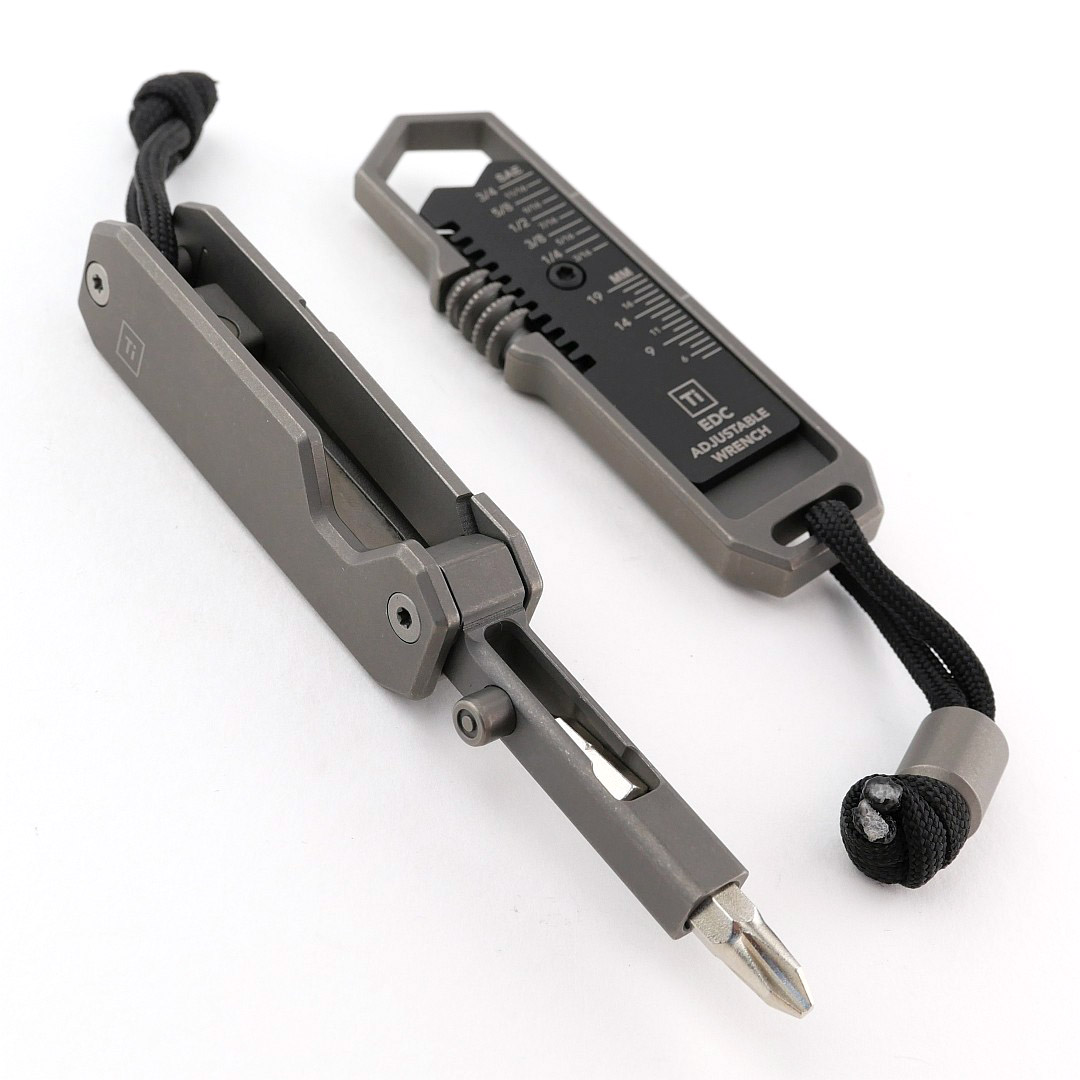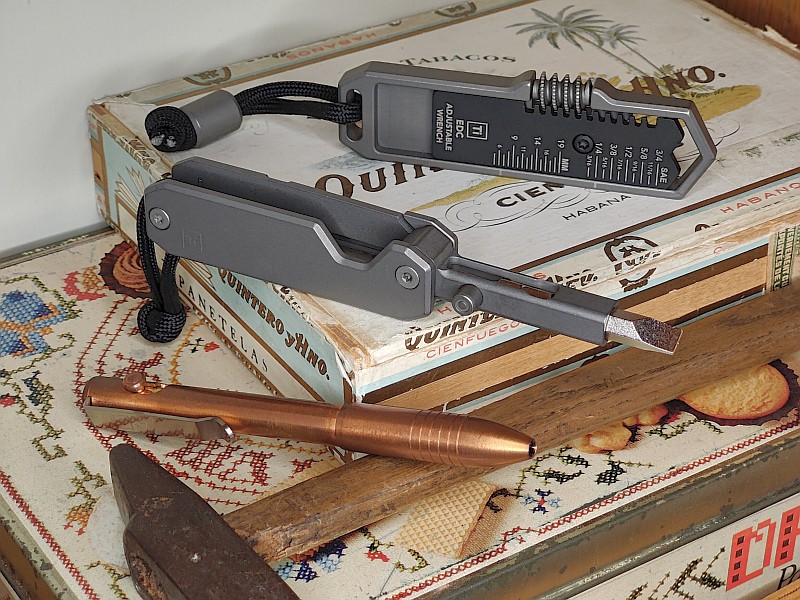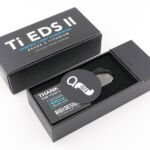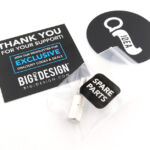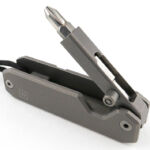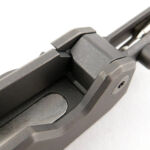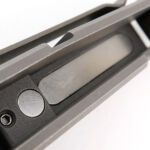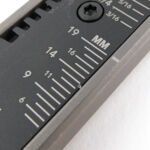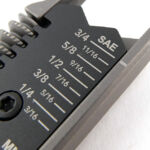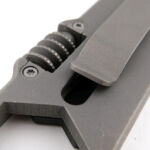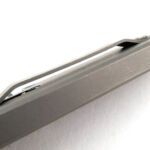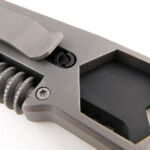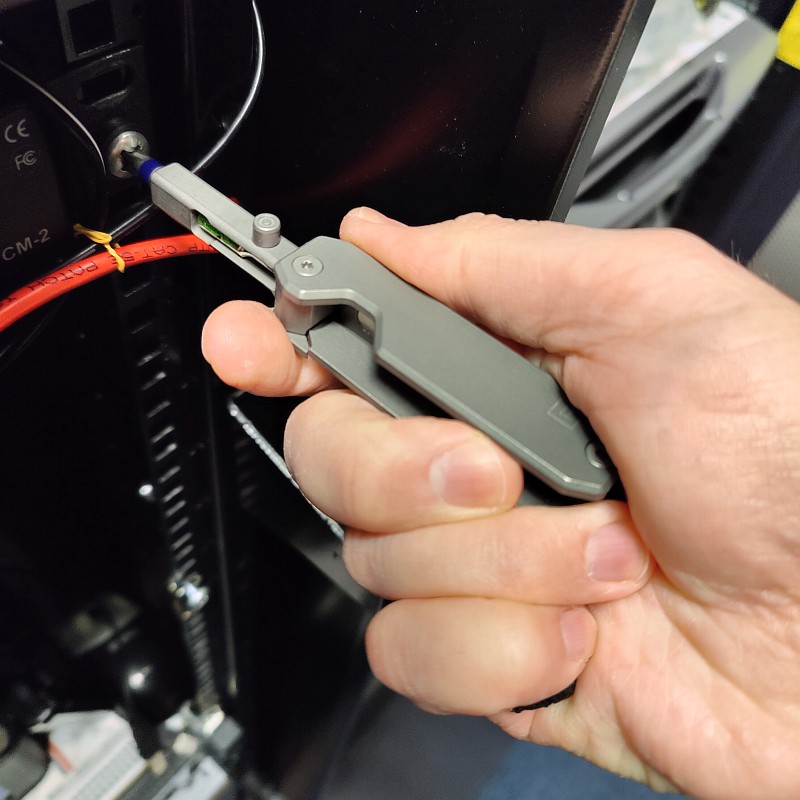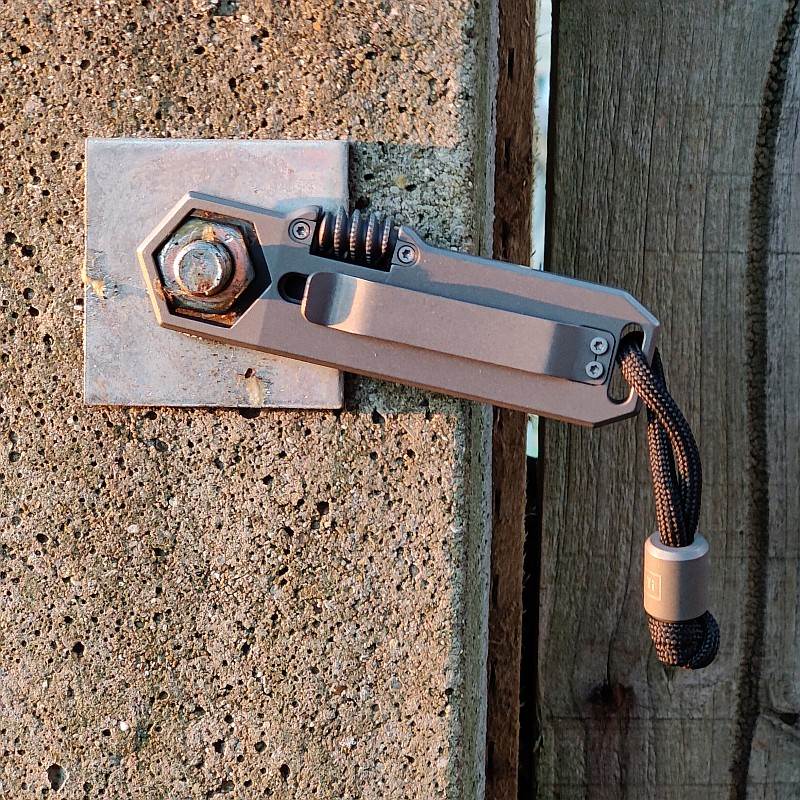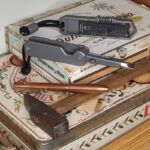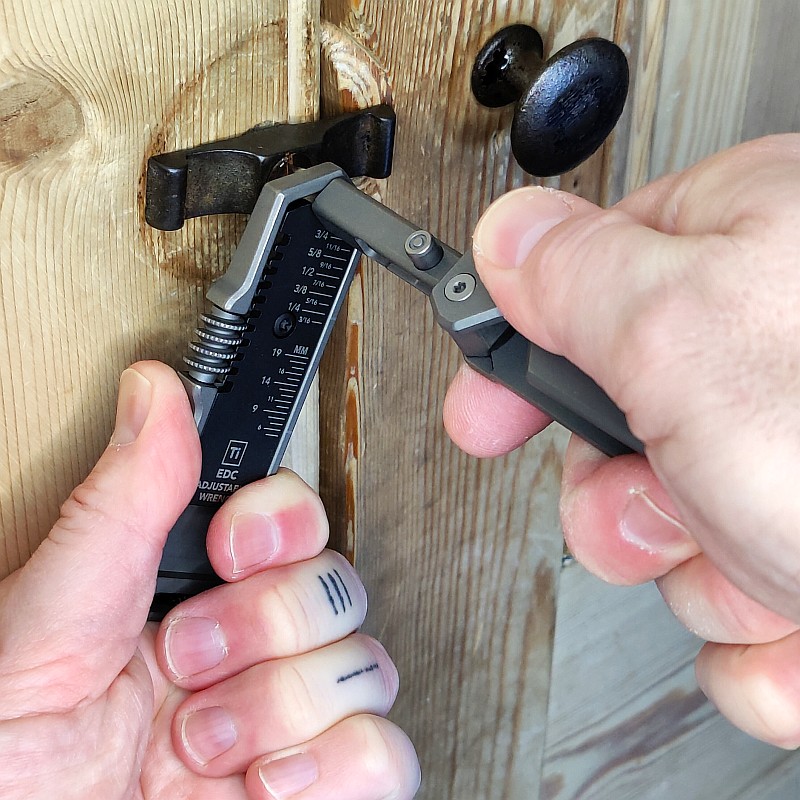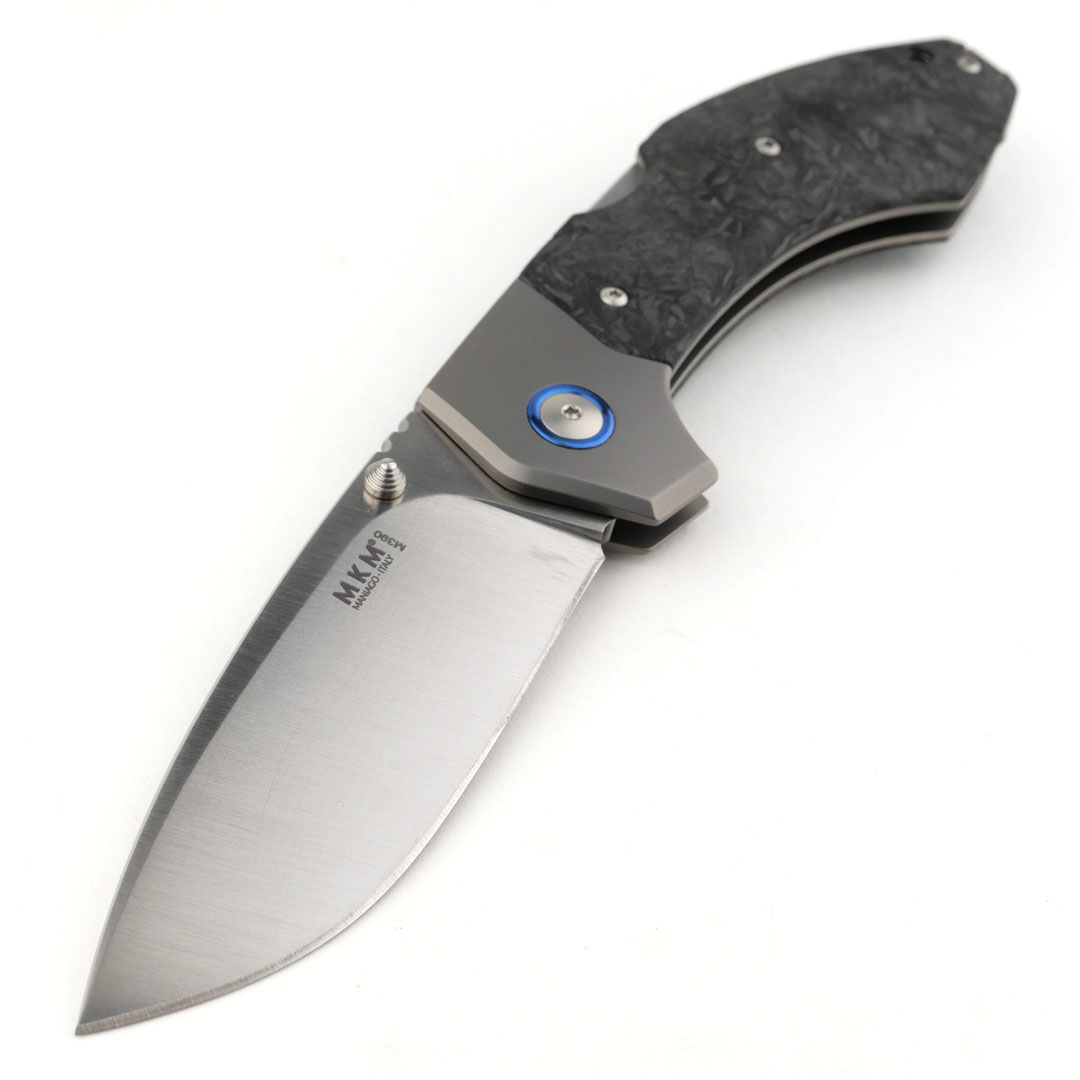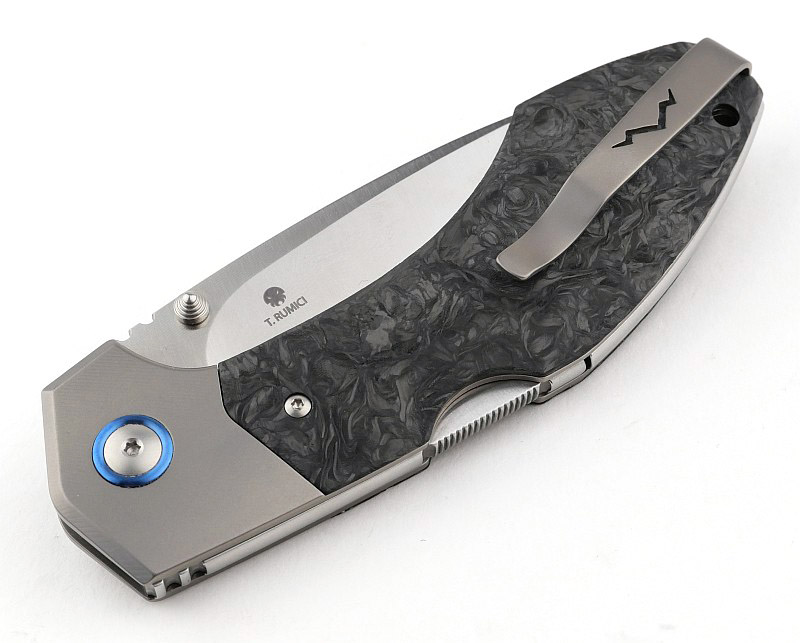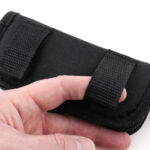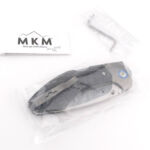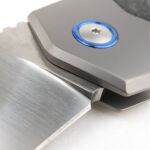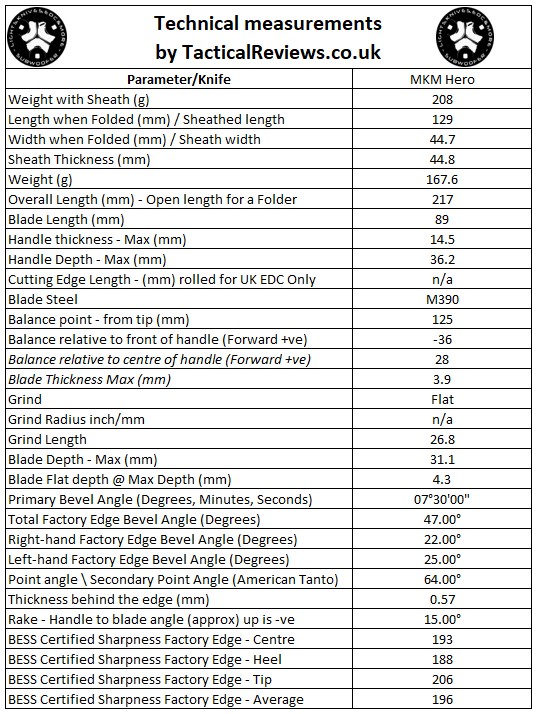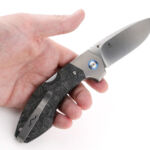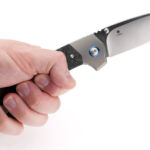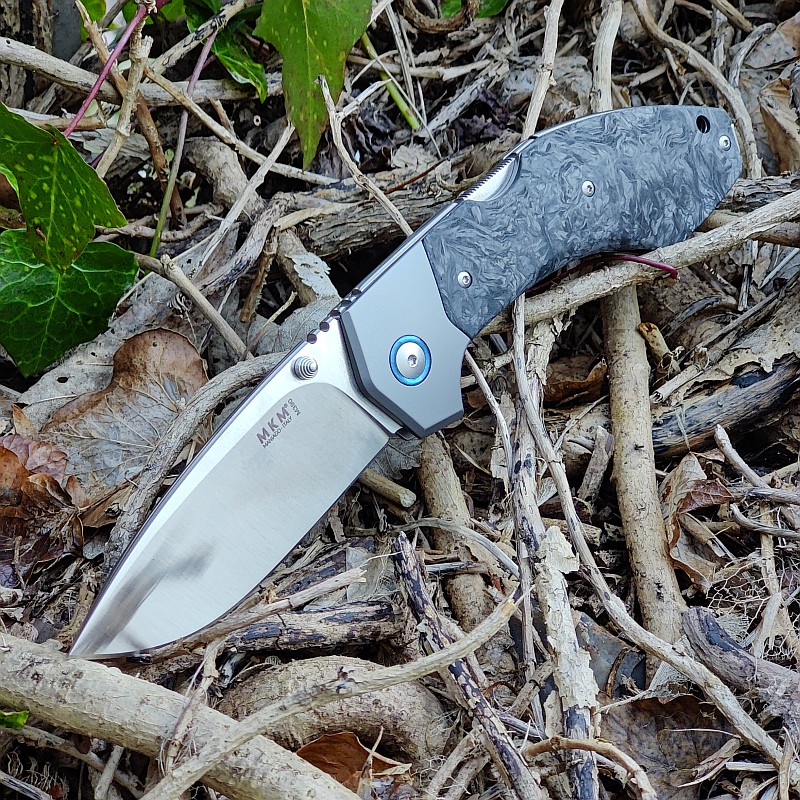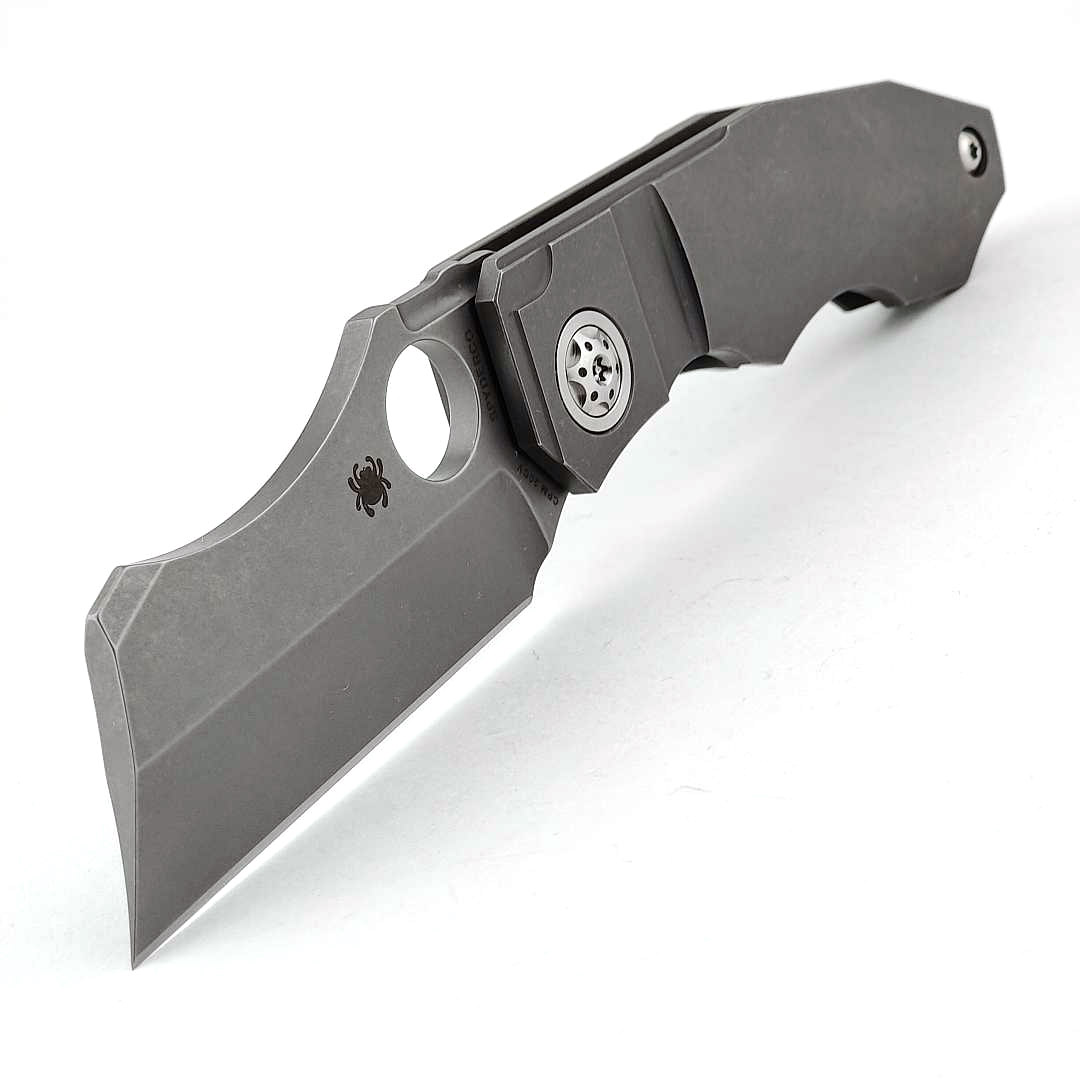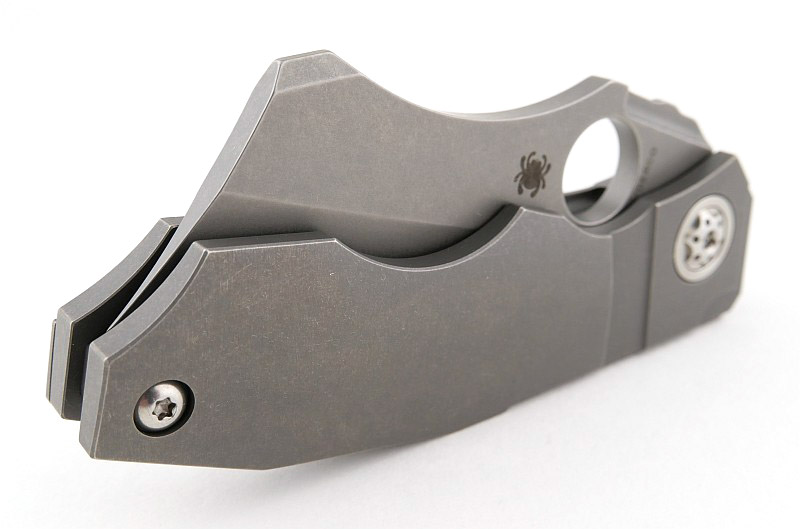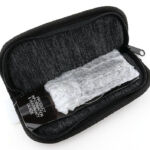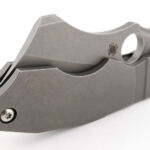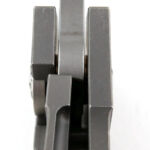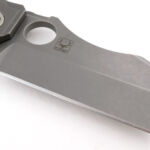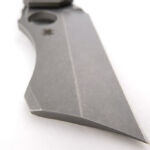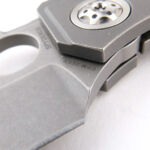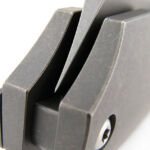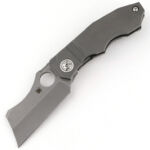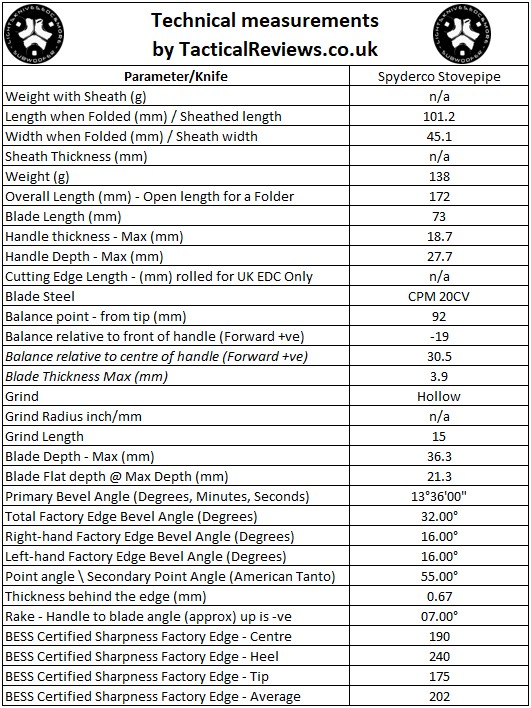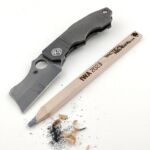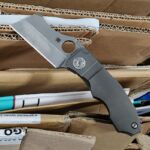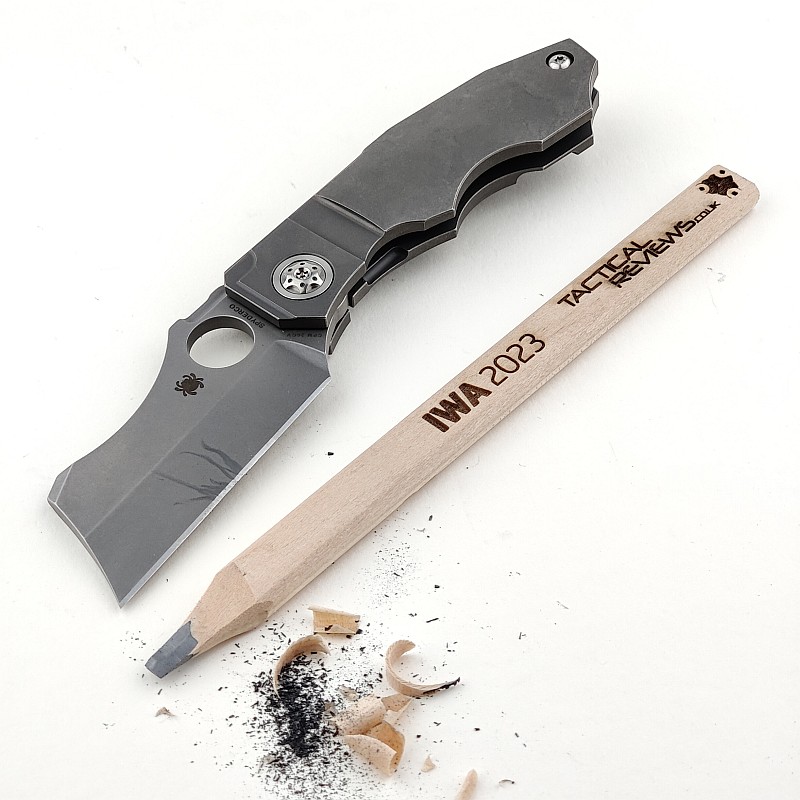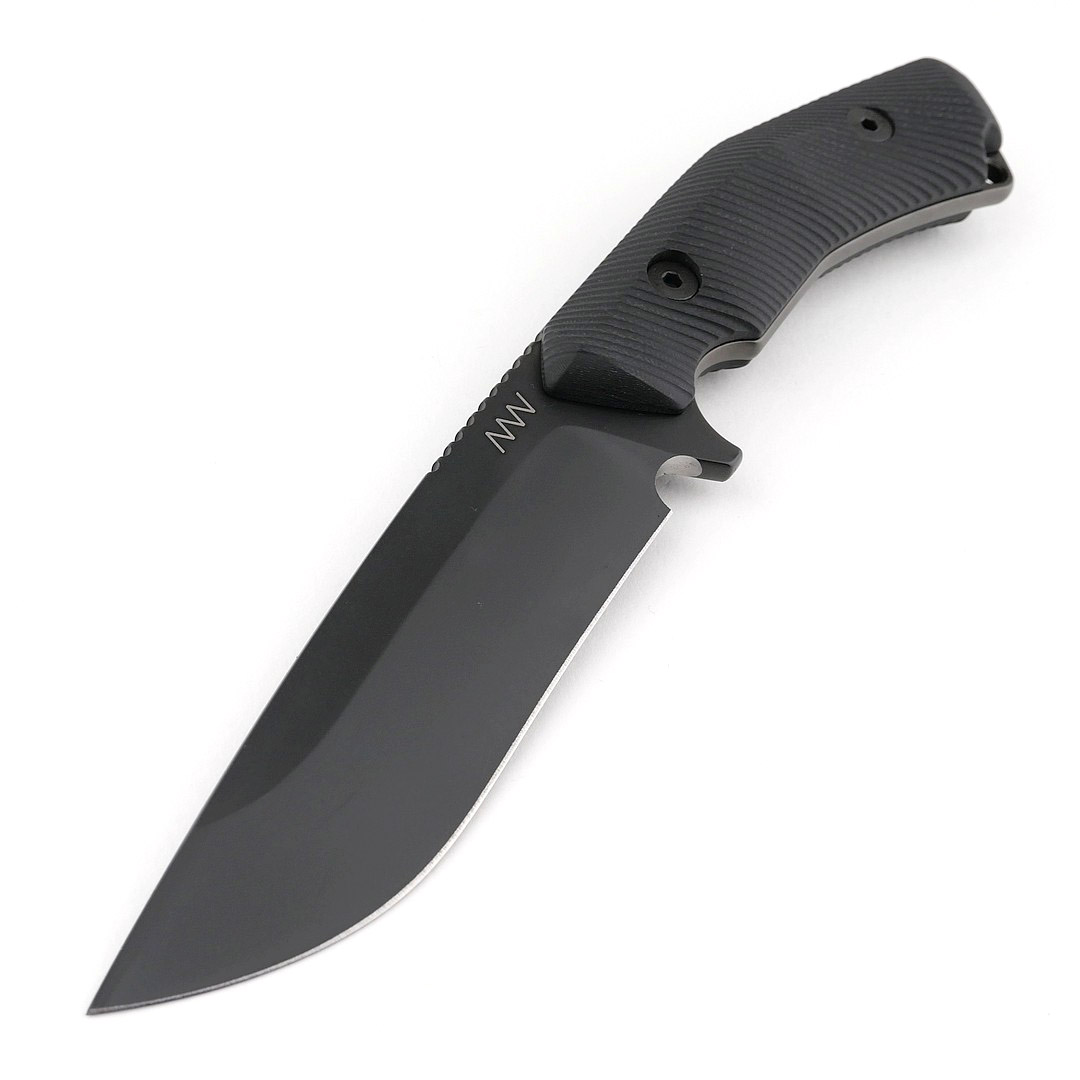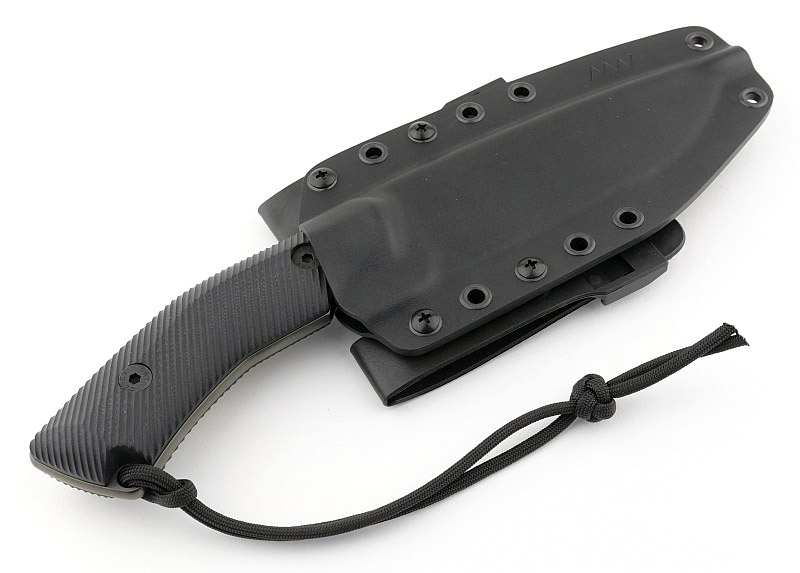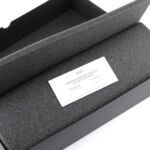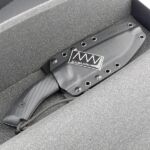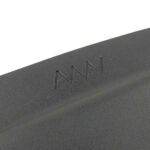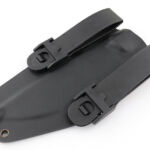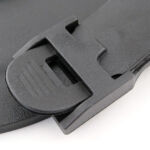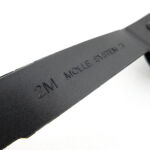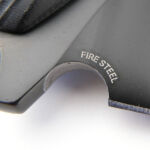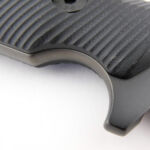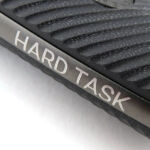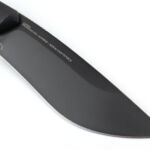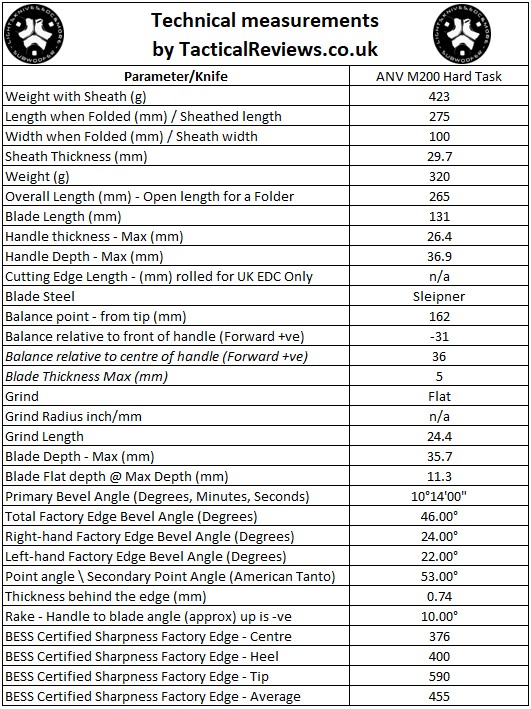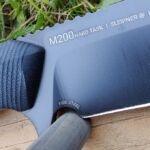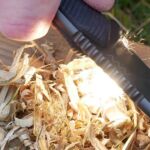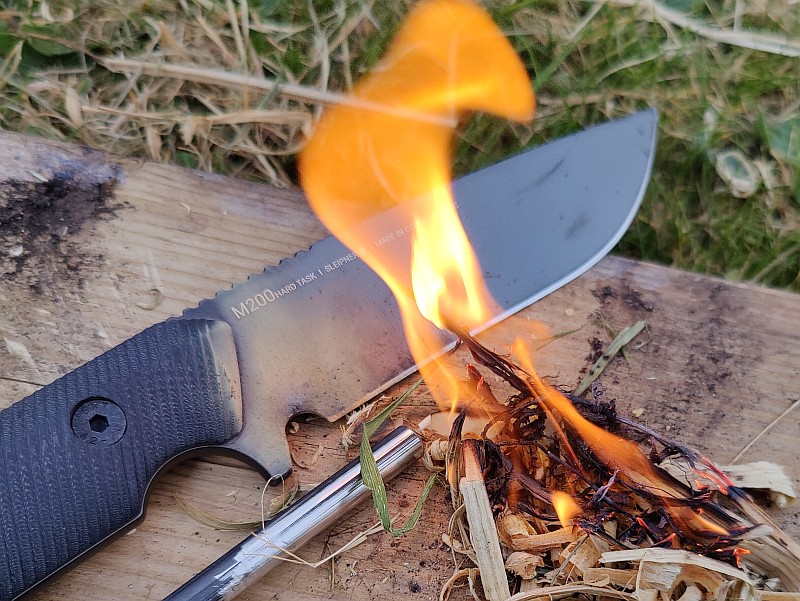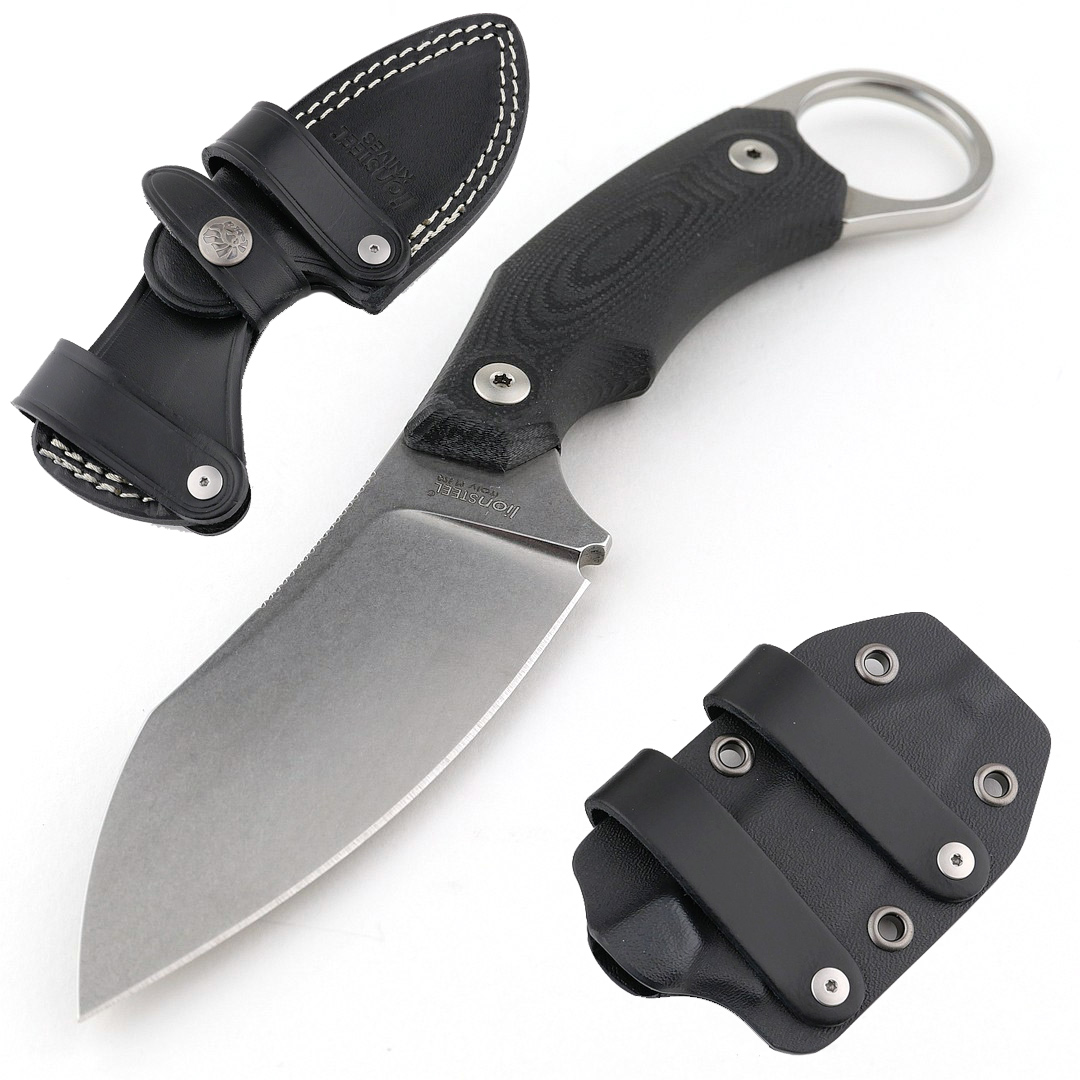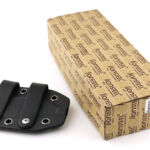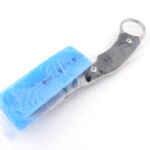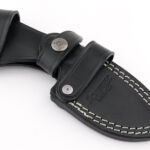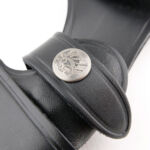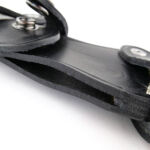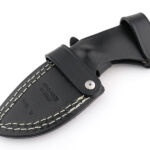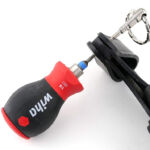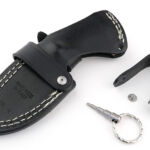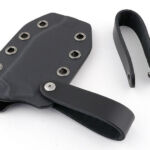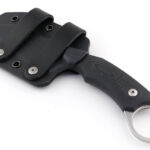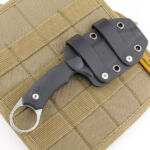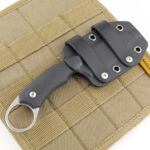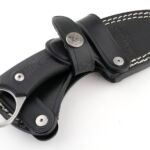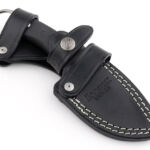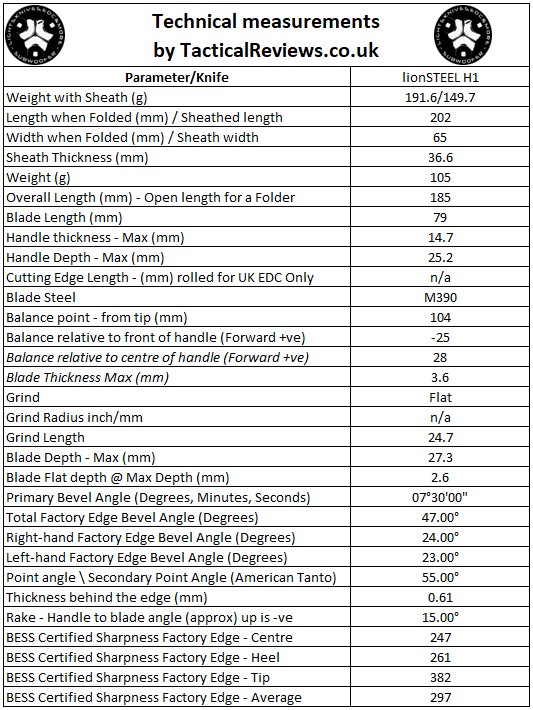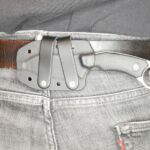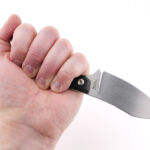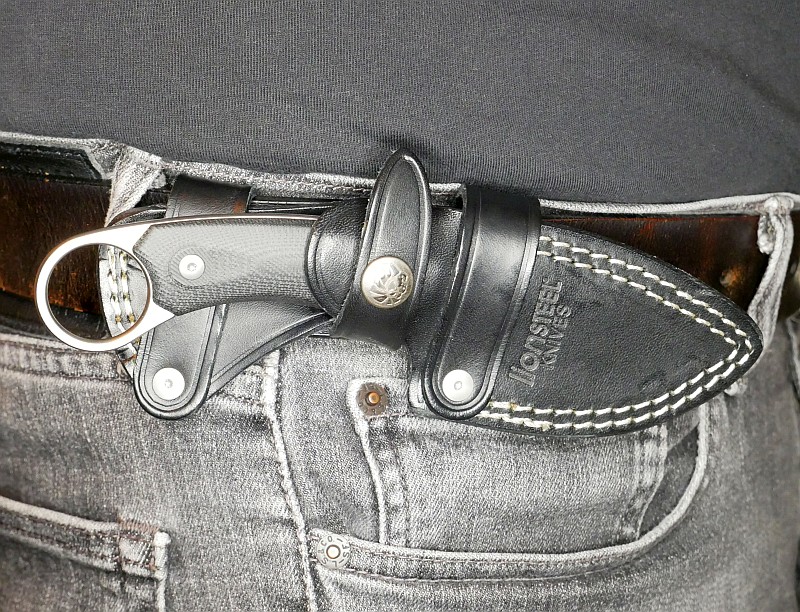Join me in this detailed review of the ANV – ACTA NON VERBA Knives M311 Spelter.
The M311 Spelter is a distinctive survival/tactical knife with a large number of options, so you can virtually create your own customised version of it. You can select from two blade shapes, two blade steels, four blade finishes, along with three handle and sheath colours.
In this feature review we are looking at the blade shape with choil, in Elmax steel, Topographic blade coating pattern, with Olive handle and sheath.
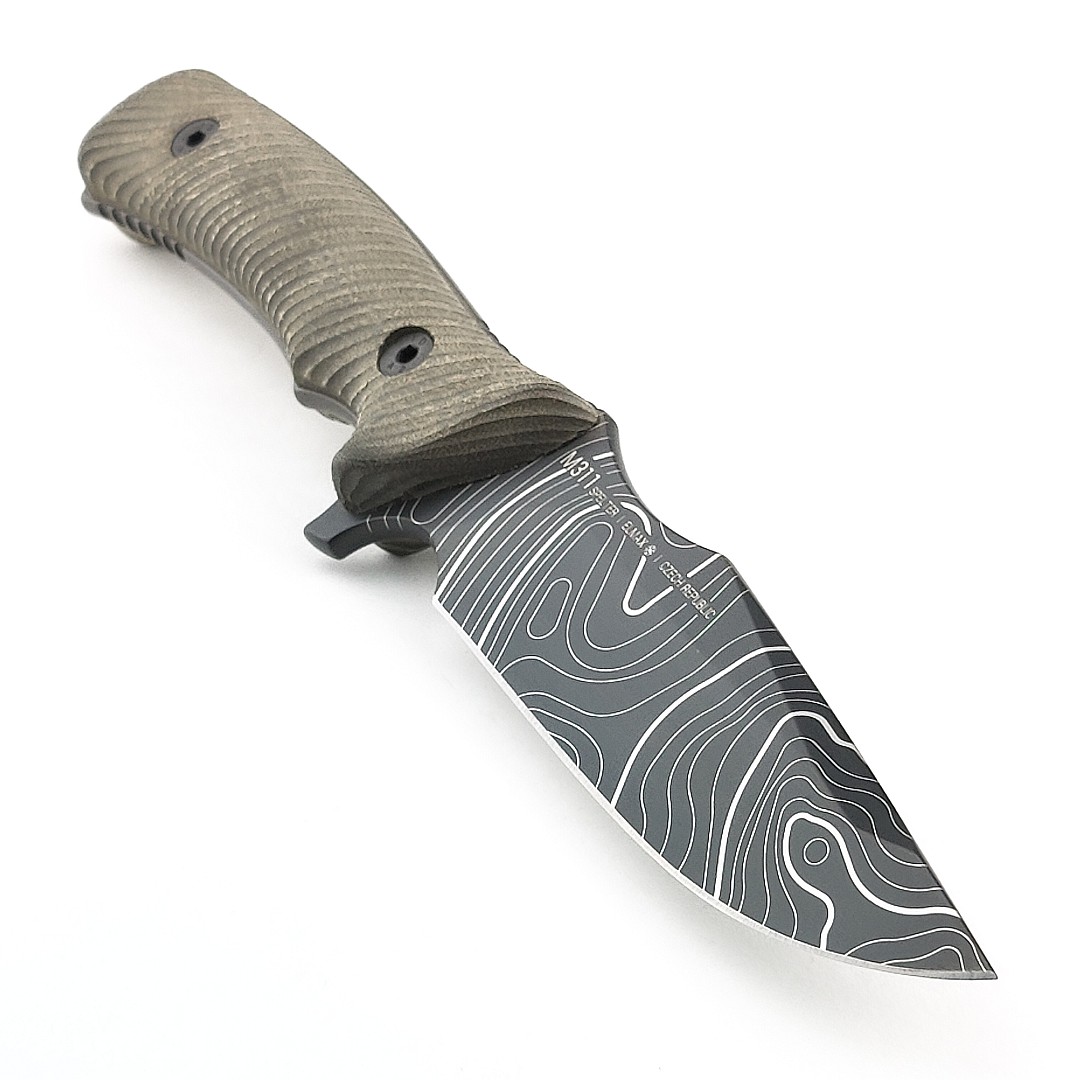
Review Videos
Starting with a short format sixty second review:
Onto a full video review covering many more details:
A few more details:
What’s in the box?:
Amazingly, this box has survived being unravelled to make it flat and a journey via checked luggage, then reassembled.
The knife comes wrapped in a foam sheet with a QC card.
A good look round the Sheath – Things to look out for here are:
For the sheath I’ve split it into two parts, with this one focusing on the main body of the sheath. It is a Kydex sheath held together with hollow eye rivets. This is the Olive colour sheath, but several other colours are available.
Knife retention is courtesy of the shaped lips at the mouth of the sheath that grip the front of the handle. There is sloped thumb ramp to provide leverage to push the sheath off the knife.
The hollow rivets mean you can fit a variety of straps, clips, cords, or other carrying systems, and also allows you to swap them over for left handed use.
A good look round the MOLLE / Belt fitting – Things to look out for here are:
Although the sheath design allows you to fit any other system you want to, the M311 Spelter sheath comes with 75mm 2M MOLLE systems straps bolted onto the sheath. The end of the strap fits through a loop and over a small tab to hold it in place.
A good look round the M311 knife and handle – Things to look out for here are:
And onto the superb M311 Spelter Knife. Remember there are two steels, and several blade finishes to choose from, so if you prefer a plain blade finish, you can have that. I rather like the Topo and its ‘0311’ elevation included in the contours. A really elegant swedge gives the effect of a harpoon style blade without actually being one, and there is a generous thumb rest forward of the jimping so you can get thumb pressure right over the cutting edge.
The handle is a mastery of 3D sculpting, and the milling lines in the micarta give excellent grip, adding to the already very stable hold you get from the palm swell, butt hook and finger groove. The handle is held on with 2 Allen head bolts.
This blade it the ‘with choil’ version.
The butt of the grip has a striking point and there is also jimping for a reverse grip hold.
The Blade and Handle – Detailed Measurements:
For full details of the tests and measurements carried out and an explanation of the results, see the page – Knife Technical Testing – How It’s Done.
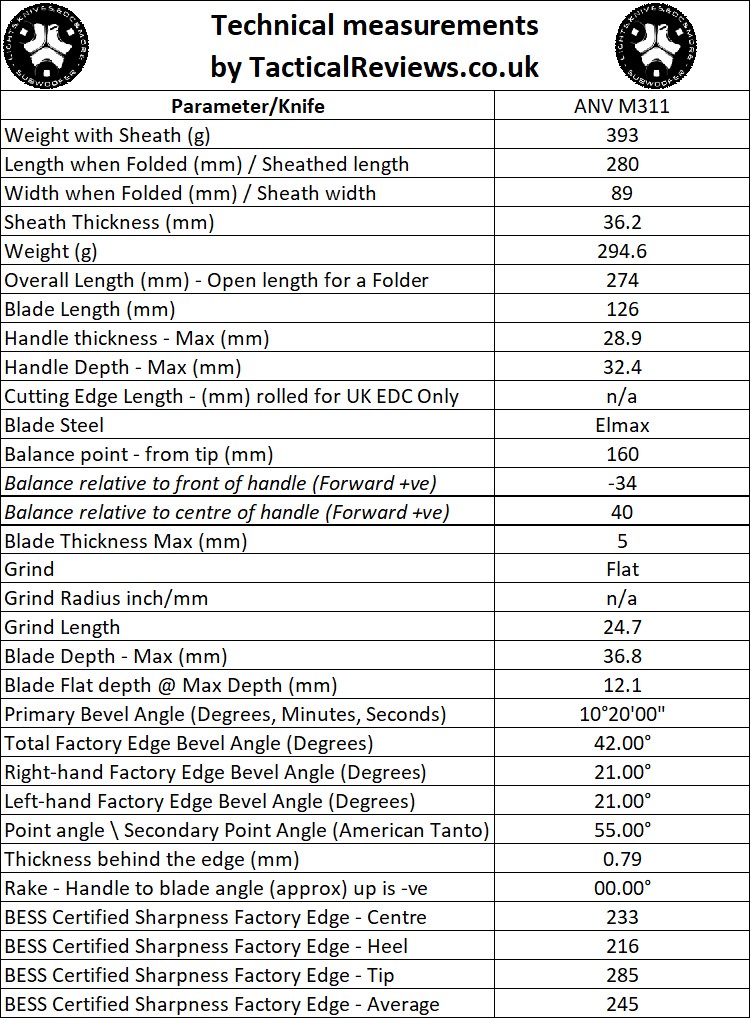
The Factory edge up close:
Followers of Tactical Reviews will know my views on factory edges, but to recap:
Anyone using a knife will need to sharpen it. That first factory edge is just like the first tank of fuel that a new car comes with (or first charge of the battery).
A good factory edge is a ‘nice to have’ but not a ‘make or break’ for a good knife, as you will be putting your own edge onto it soon enough.
The factory edge does however indicate the care a knife maker has put into the final finish.
It is for this reason Tactical Reviews measures factory edge sharpness and specifications, and includes this information in the detailed technical testing.
As a further look at the factory edge, this section has been added to include some high magnification photos of the factory edges.
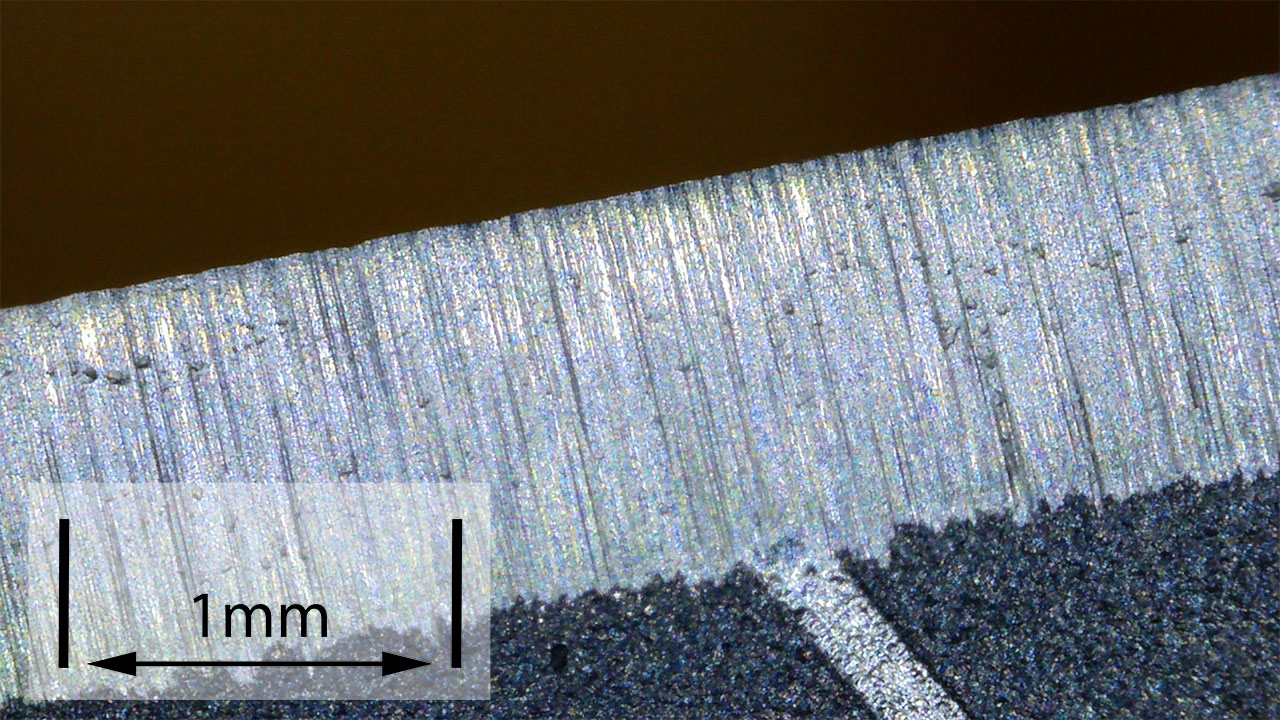
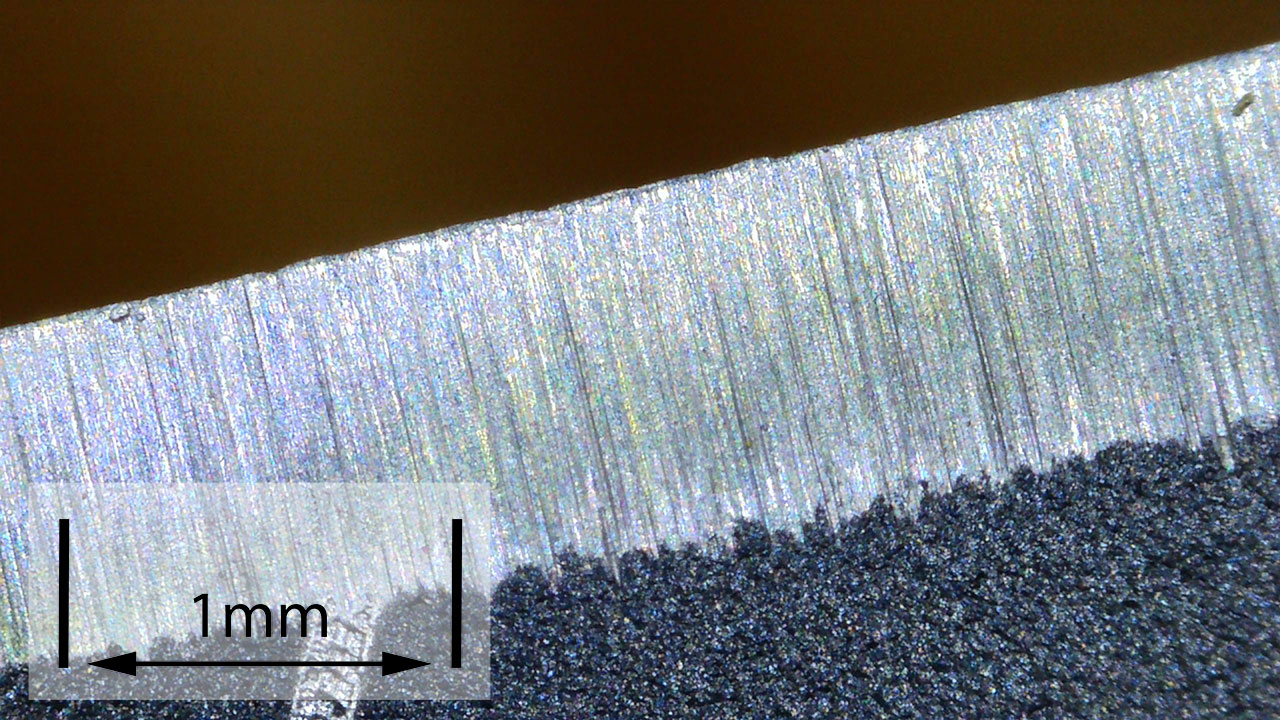
What is it like to use?
From the moment I picked it up, the M311 Spelter has become a firm favourite. I’m in love with the harpoonesque swedge on an eminently practically sized blade.
The two thumb positions, the first on the jimping at the front of the handle, and then onto the groove positioned behind the cutting edge let you find the ideal grip and pressure for whatever cutting job comes up.
I’m always a little cautious about using a choked-up grip with a finger into the choil, but it takes fine work to another level if you can do this safely.
Stability of grip is fantastic. The gallery below takes you through only some of the grip positions you could use, a standard grip with and without the thumb forward onto the jimping, thumb into the groove on the spine, choked up and a reverse grip.
It’s like your hand can dance all over the handle and find a comfortable and stable grip almost any which way. The swells and grip hook let you take a firm hold in so many ways.
A slight surprise for me, considering I take XL size gloves, was that the handle is almost on the large side. It certainly has plenty of room for use with thick gloves, and I’d take this over a handle being too small.
Even with quite a bit of use, the Kydex retention is still on the stiff side. For anyone intending to mount it handle down on a chest plate or other upside-down position, this is critical. I certainly would have no doubt the knife will not come out under its own weight even with a very active user, and will still need a firm thumb lever to unsheathe it.
The 2M MOLLE straps are not my favourite fitting, but even I do have to admit they are a very versatile system for a standard fitment from ANV. They are a bit of a jack of all trades as they can be belt mounted or MOLLE mounted, and will fit any belt you can find, while the hollow rivets then also allow use of cord to stabilise the sheath even more. And this is before you move onto possibly swapping them for some other mounting system which the sheath easily allows for. It is sold in the tactical range and this mount configuration definitely works well for the most common type of carry.
With no ‘hanger’, if belt mounted the M311 sits high on your body, but I do quite like this. It’s also easy enough to fashion your own belt hanger and wear it lower if you want to.
ANV’s M311 Spelter keeps asking to be used. That beautifully shaped grip makes it easy to find a hand position that suits the cutting job, whatever it is. Comfort is also excellent for extended hard use.
Review Summary
The views expressed in this summary table are from the point of view of the reviewer’s personal use. I am not a member of the armed forces and cannot comment on its use beyond a cutting tool or field/hunting knife.
Something that might be a ‘pro’ for one user can be a ‘con’ for another, so the comments are categorised based on my requirements. You should consider all points and if they could be beneficial to you.
_______________________________________________
What doesn’t work so well for me
_______________________________________________
Blade retention on the verge of being too strong.
Sheath is very wide, limiting some attachment positions.
_______________________________________________
Things I like
_______________________________________________
Superb balance of blade shape and size.
Sculpted handle gives excellent grip.
Key areas with jimping for secure forward and reverse grips.
Elmax steel (also available in Sleipner).
Flexible 2M MOLLE mounting system.
Large drainage hole for easy sheath maintenance.
Super comfortable handle for hard work.
Four blade finishes.
Three handle Colours.
Three sheath colours.
Sheath allows for many different mounting systems to be fitted.
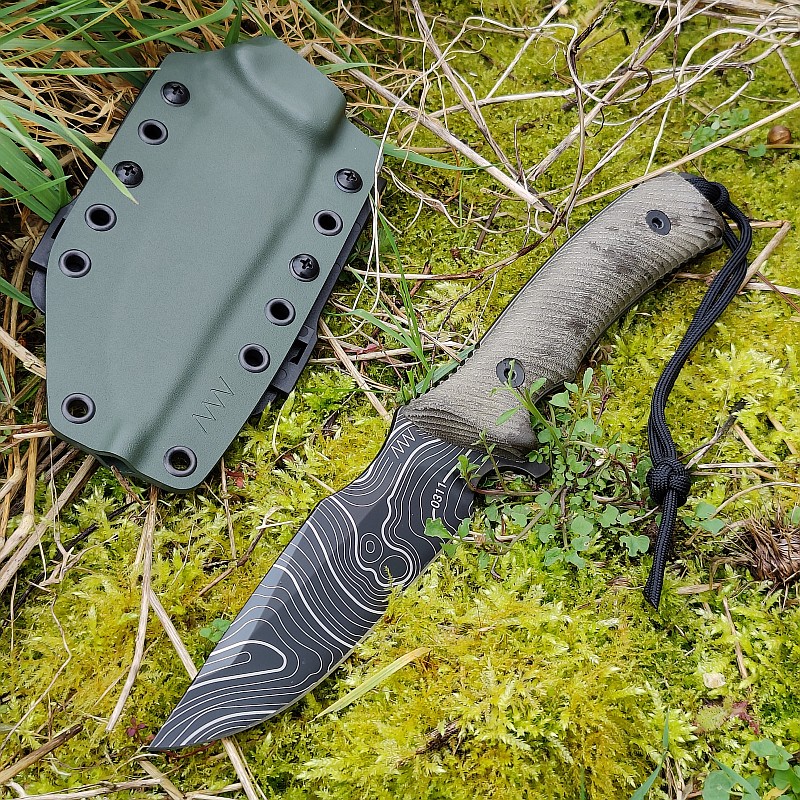
Discussing the Review:
The ideal place to discuss this review is on the Tactical Reviews Facebook Page 
Please visit there and start/join the conversation.

